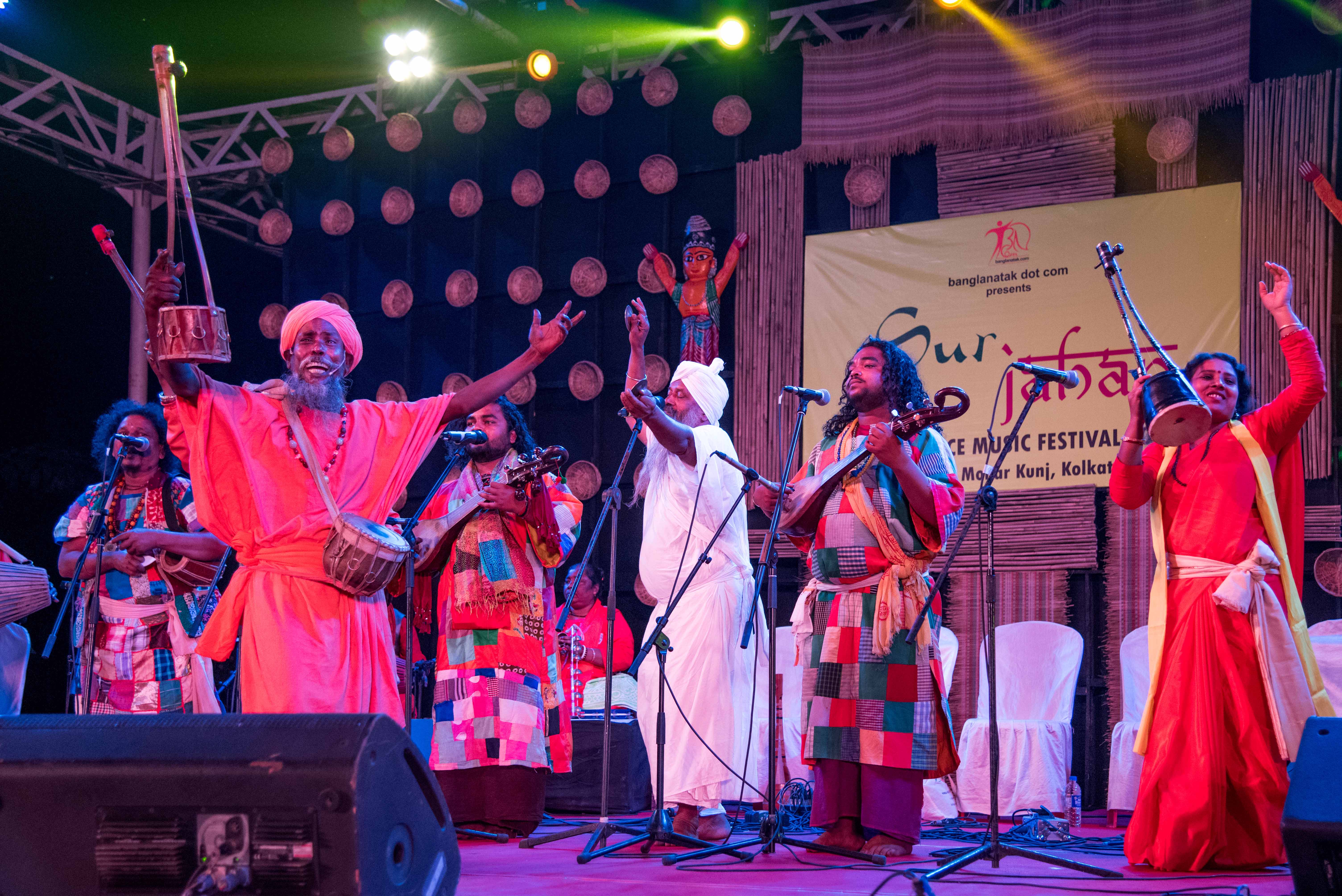EVENT![]()
Sur Jahan
INVENTORIES![]()
IMILIKUT/IMENURU: WAYANA AND APARAI GRAPHIC ART
ICHGRAM![]()
Assosiation of Upper Egypt for Education and Development in the annual meeting of the World Martial Arts Union (WoMAU)
-
INVENTORIES
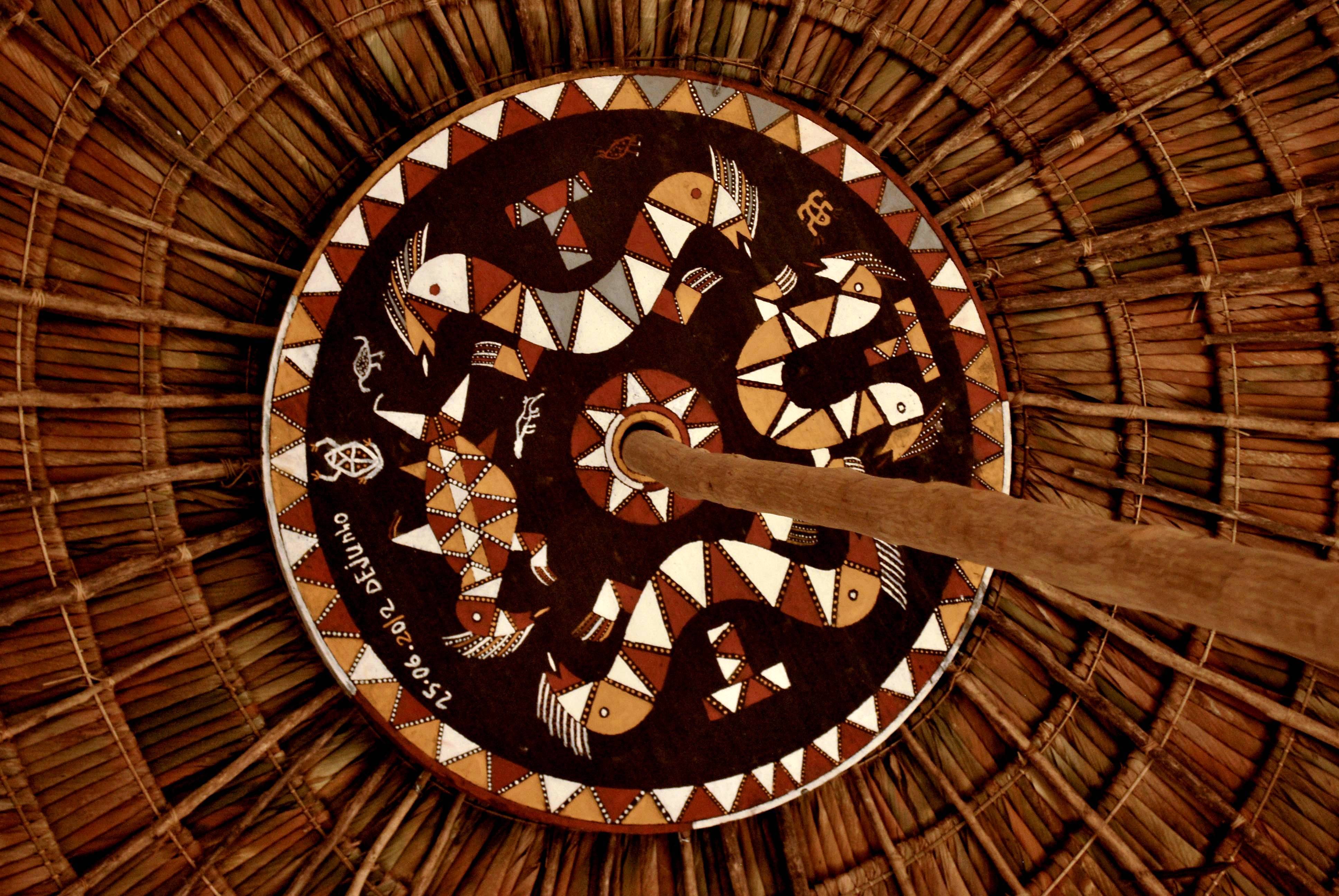
IMILIKUT/IMENURU: WAYANA AND APARAI GRAPHIC ART
The graphic art of the Wayana and Aparai, indigenous peoples of northern Pará, is a traditional cultural expression marked by great material, symbolic and conceptual diversity. Their graphics, created according to their own concepts, reflect a dynamic system of knowledge transmitted orally and through daily practices. As a collective heritage, governed by specific social and political norms, this art presents historical continuity and constant recreation, adapting to cultural transformations through creative processes of updating and resignification, which guarantees its contemporaneity and identity relevance.Like all cultural elements, the graphic art of the Wayana and Aparai is subject to internal and external influences, which alter its formal and conceptual aspects. These changes are also reflected in social practices that can currently affect the contexts of production and, above all, the transmission of this art to the younger generation. On the other hand, it is worth noting that the graphic systems of
05-02-2025
-
INVENTORIES

Ancestral Remedy
The active Intangible Cultural Heritage (ICH) domain represented by the “Ancestral Remedy” comic is rooted in oral traditions, indigenous healing practices, intergenerational wisdom, and community-based storytelling. This comic series documents and creatively transmits narratives from Kenyan informal settlements, showcasing how ancestral knowledge systems—especially those related to traditional medicine, gender roles, and community dispute resolution—are adapted in the context of urban challenges and youth identity."Ancestral Remedy" functions as a living ICH archive, illustrating:Indigenous herbal remedies and their cultural significanceStories of elders and traditional healers (waganga) in navigating health and social issuesThe use of storytelling as therapy and resistance to marginalizationYouth reinterpretation of heritage in a digital age through animation, illustration, and gamified learningThe comic is developed through community dialogues, story circles, and collaborative scriptwriting with youth and
05-02-2025
-
INVENTORIES
.jpeg)
Clube Carnavalesco Misto Seu Malaquias
Clube Carnavalesco Misto Seu Malaquias1. Identificação do Elemento CulturalNome do PCI: Clube Carnavalesco Misto Seu MalaquiasDomínio(s) do PCI:Tradições e expressões orais (narrativas, cantigas).Artes performáticas (frevo, dança, música).Técnicas artesanais tradicionais (confecção de bonecos gigantes).Práticas sociais e rituais (carnaval, culto a Xangô).2. Descrição Detalhadaa) Manifestações Culturais:Frevo: Dança e música tradicional pernambucana, com ritmo acelerado e passos acrobáticos, acompanhada por instrumentos de sopro e percussão.Bonecos Gigantes: Figuras artesanais de até 4 metros de altura, confeccionadas com estruturas de bambu, tecidos e papelão, representando personagens históricos, folclóricos ou satíricos. Desfilam no carnaval de rua, interagindo com o público.b) Elementos Integrados:Afro-brasileiridade: Referências ao culto a Xangô e símbolos de terreiros de candomblé incorporados às alegorias e narrativas.Artesanato: Técnicas tradicionais de escultura em papel machê e costura, transmitidas
05-01-2025
-
INVENTORIES
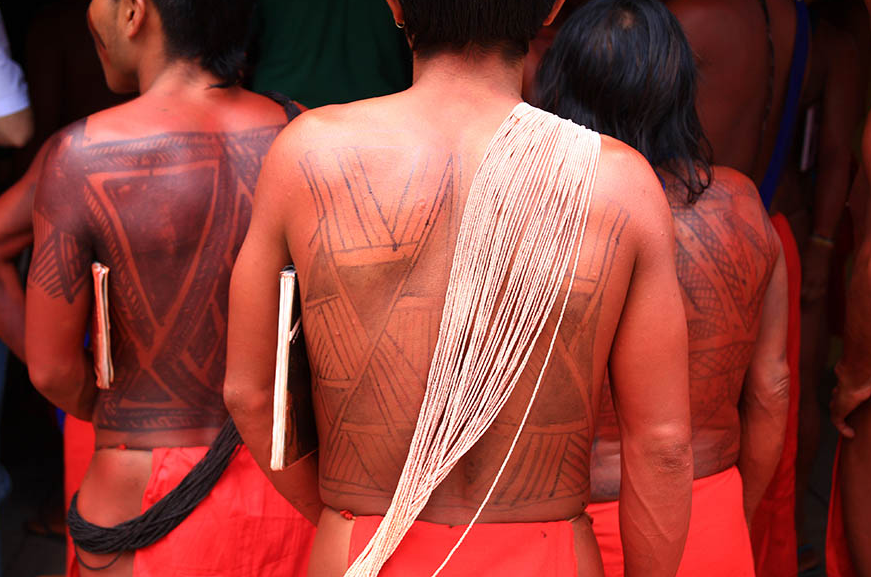
Kusiwa Art: Body Painting and Graphic Art of the Wajãpi People of Amapá in Brazil
This is a system of representation—a graphic language of the Wajãpi people of Amapá—that synthesizes their way of understanding, conceiving, and acting upon the universe. The kusiwa graphic system operates as a catalyst for the expression of knowledge and practices that encompass social relationships, religious beliefs, technologies, and aesthetic and moral values. The exceptional value of this form of expression lies in its ability to condense, transmit, and renew—all through the creativity of the artists and storytellers—every unique and element of the Wajãpi way of thinking and being in the world. The kusiwa language is a form of expression that complements the knowledge passed down orally from one generation to the next and shared among all members of the group. This knowledge is mainly found in oral narratives that this Indigenous group—now consisting of about 580 individuals—continues to pass on to their children. These stories explain how colors emerged, how the patterns in the designs came to be, and
05-01-2025
-
INVENTORIES
.jpg)
The Oral Tradition as Cultural Heritage from Kumbasa Village
The oral traditions in Kumbasa Village represent a valuable aspect of Indonesia’s cultural heritage, passed down from generation to generation. As a cultural practice, oral tradition is an integral part of the community and continues to live alongside its people. The values embedded within oral traditions—religious, moral, and cultural—serve as guiding principles in daily social life.In Kumbasa Village, oral tradition is closely linked to customary rituals. During these rituals—such as balia, mompaura, novatiaka, novunja, and others—oral narratives are recited as an essential component. In the past, oral traditions were not limited to traditional ceremonies but were also performed during communal celebrations such as weddings, thanksgiving events, and more. However, with the dynamic changes in modern society, these traditions are now predominantly preserved within the context of customary rituals.Customary rituals and oral traditions are deeply interconnected. Although oral traditions in Kumbasa are primarily
05-01-2025
-
INVENTORIES
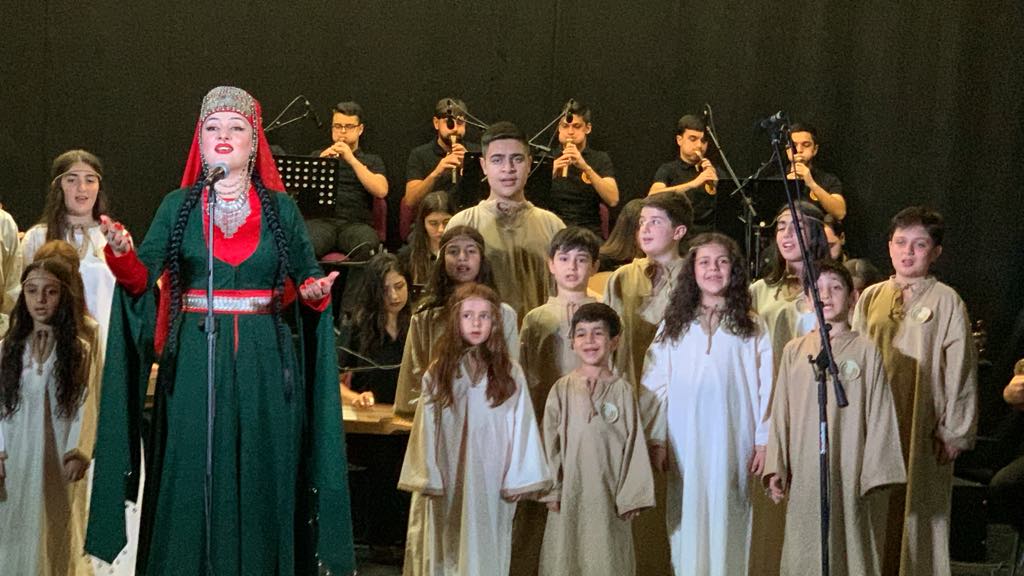
Artsakh Beckons: Preservation of Nagorno-Karabakh Folk Music
"Artsakh Beckons" is an urgent cultural preservation initiative launched by Naregatsi Art Institute (NAI) following the September 2023 exodus of ethnic Armenians from Nagorno-Karabakh. The project addresses the imminent threat to the region's unique musical heritage, characterized by its distinctive local dialect and traditional folk songs that form a cornerstone of cultural identity for displaced communities.This comprehensive preservation effort focuses on documenting, archiving, and transmitting the endangered folk music traditions that represent one of the brightest cultural expressions of Nagorno-Karabakh Armenians. The project is particularly critical as these musical traditions weren't previously documented in Armenia's major cultural institutions, including the Komitas State Conservatory and the Art Institute of the Academy of Sciences.Working directly with displaced musicians and cultural bearers, NAI employs professional ethnomusicological methods to create high-quality audio-visual recordings, musi
05-01-2025
-
INVENTORIES
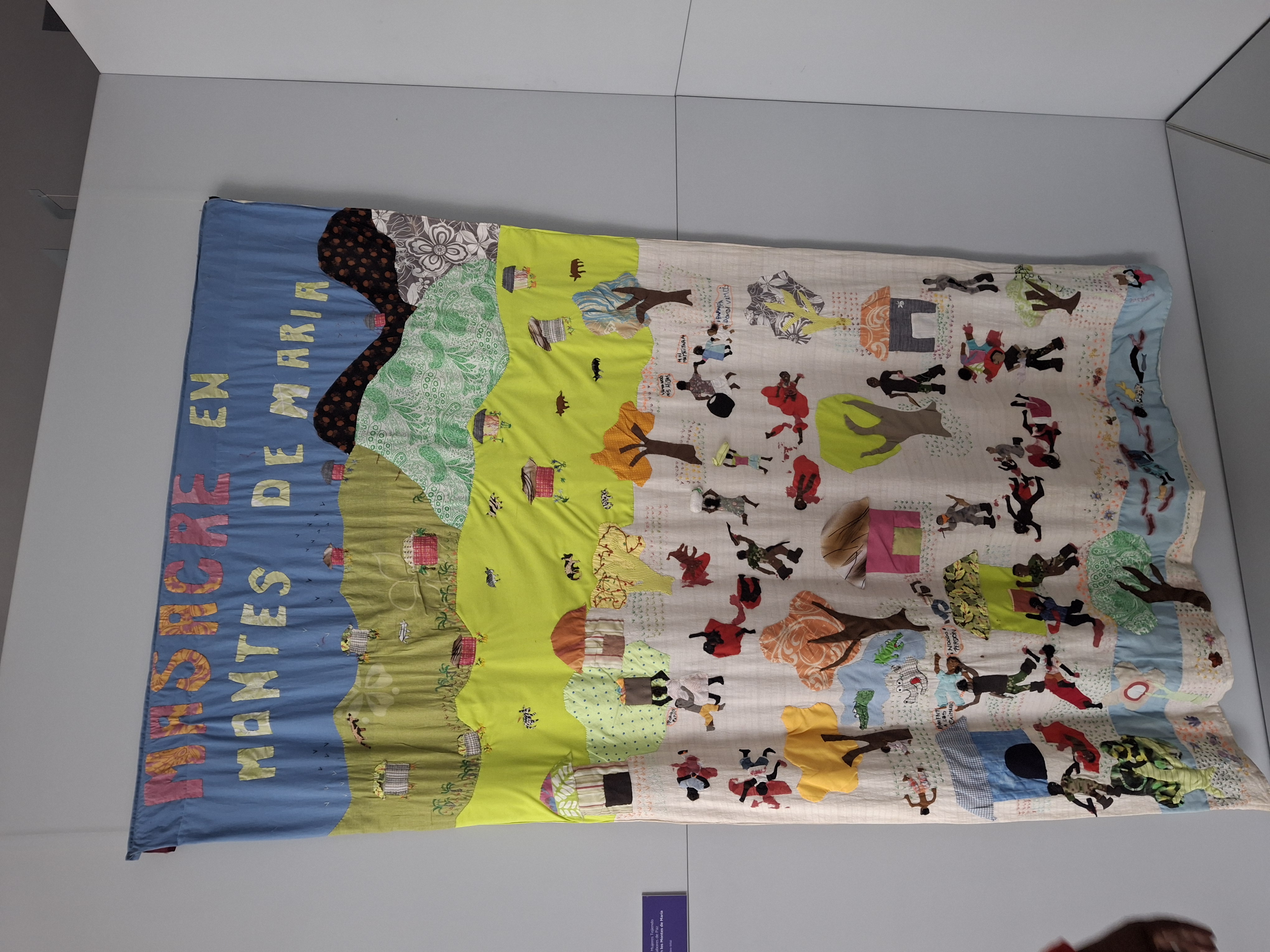
Las Tejedoras de Mampujan: A story of resilience
The Tejedoras de Mampuján (Weavers of Mampuján) emerged in the early 2000s as a collective of Afro-Colombian women survivors from the rural community of Mampuján, located in the Montes de María region of northern Colombia. On March 10, 2000, over 200 families were forcibly displaced following a brutal paramilitary incursion, marking a profound rupture in the community’s social fabric.In the aftermath, these women transformed their trauma into a process of collective healing and cultural preservation. By 2004, they began utilizing the ancestral art of sewing as a means to transmit oral histories, cultural values, and communal memories. Through participatory workshops and intergenerational training, they established a pedagogical model that integrates traditional sewing techniques with storytelling, fostering resilience and empowerment within the community. The group’s efforts have not only safeguarded intangible cultural heritage but have also gained national and international recognition. In 2015, they were a
04-30-2025
-
INVENTORIES
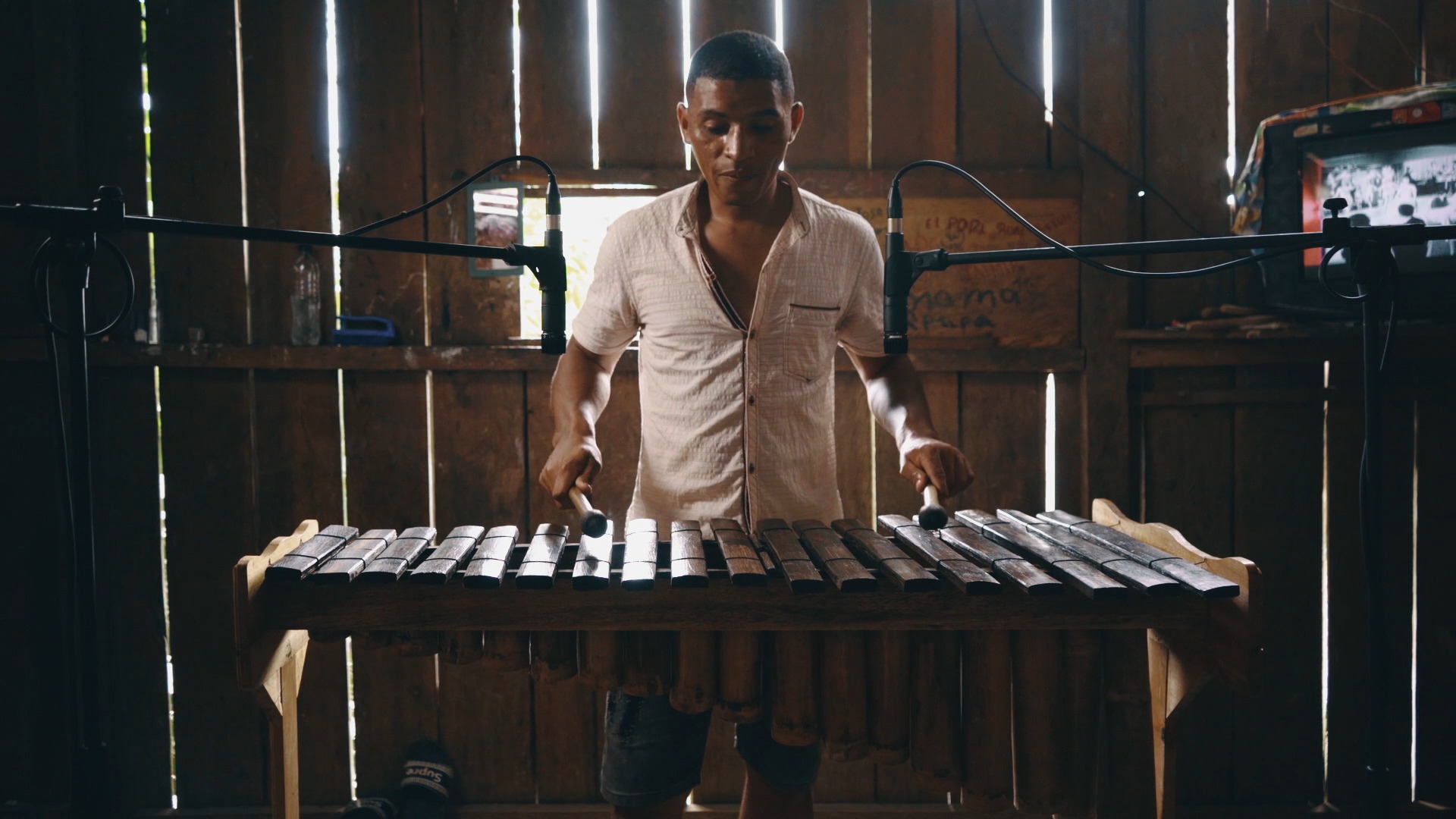
Safeguarding Afro-Pacific Intangible Cultural Heritage in Colombia: A Community-Led Model by Marimbea
- Marimba de chonta music and traditional chants (Bunde, Bambuco Viejo, Alabados, Juga, Rumba, Agua, among others)- Rituals and dance forms linked to music- Oral traditions (décima, storytelling)- Culinary knowledge (viche, traditional recepies)- Instrument-making and crafts (marimba de chonta, guasás, cununos, bombos)Marimbea’s approach centers cultural identity as a vehicle for dignity, peacebuilding, and economic inclusion. Its work connects intergenerational wisdom with innovative practices, supporting communities to safeguard their heritage while creating opportunities for sustainable development. Over the past decade, Marimbea has led more than 120 immersive cultural experiences in Colombia and eight other countries, reaching over 1,000 participants and directly benefiting over 400 people in rural and urban Afro-Colombian communities. These experiences include community-led cultural tourism circuits, educational workshops, interactive concerts, artistic residencies, virtual festivals, performances, and
04-29-2025
-
INVENTORIES
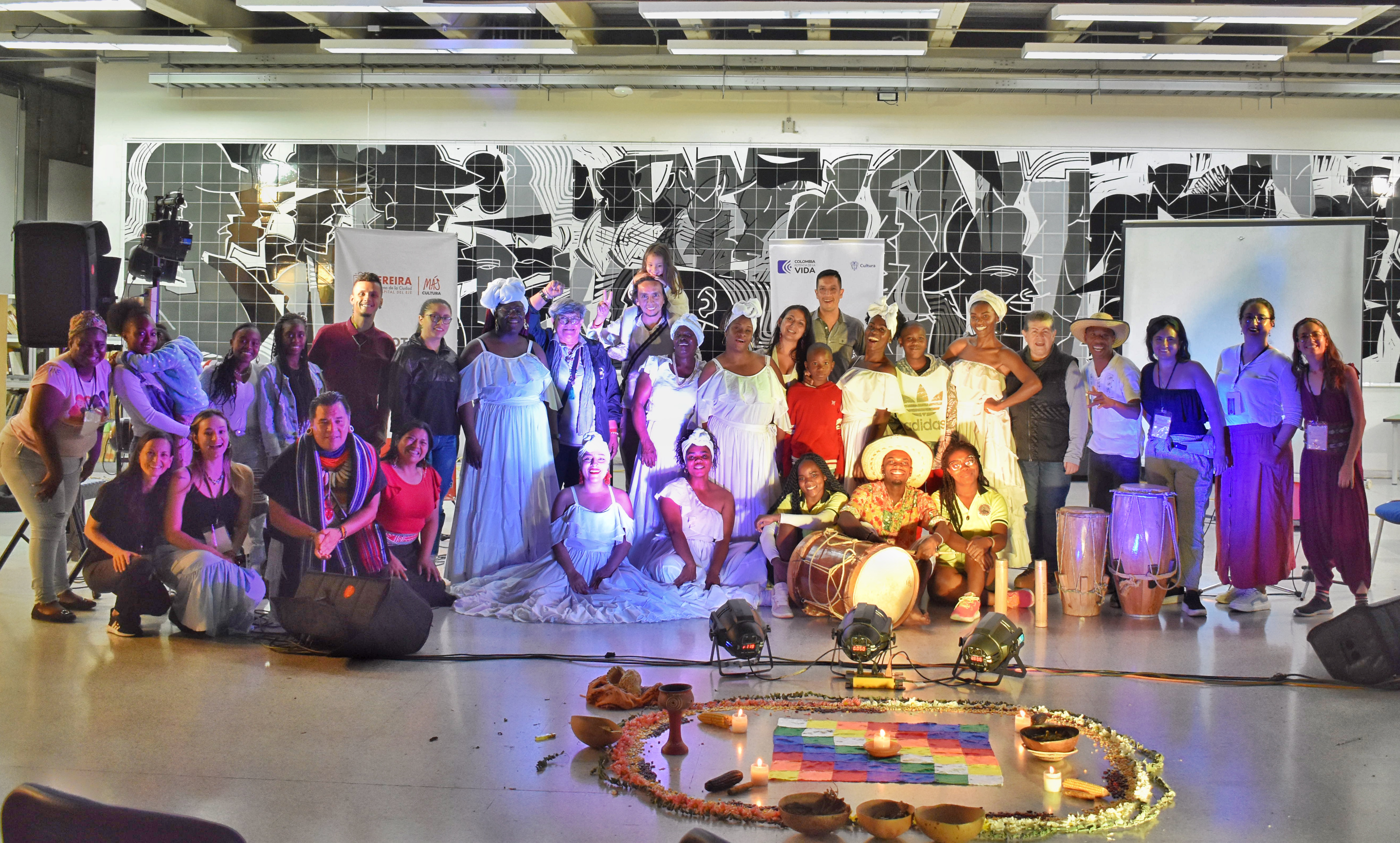
Colombian Intangible Cultural Heritage “WORDS FROM OUR LAND: WEAVING THOUGHT AND MEMORY FROM OUR ROOTS”
“Words from Our Land” is a project that has been continuously developed since 2013, with over 10 years of uninterrupted work. Its main goal is to create educational, research, and social-cultural participation spaces around the Intangible Cultural Heritage (ICH) of Colombian communities. It also aims to revitalize native languages and bring visibility to the ancestral knowledge of Indigenous, Afro-Colombian, and Roma peoples, addressing the loss and degradation of these unique cultural elements that have historically been marginalized.Throughout its evolution, the project has included workshops, community work, conferences, research processes, promotion of oral traditions, food sovereignty practices, and territorial care, establishing an intercultural and transformative intervention model. Its most recent edition was held in September 2024.Key Achievements:Conferences and events around ICH: Numerous educational events with national and international guests have been held, promoting the exchange of ancestral k
04-26-2025
-
INVENTORIES
.png)
Colombian Intangible Cultural Heritage and Peace: Museum Bodies for Empathy
This inventory documents a journey through Colombia’s most remote territories and silenced communities, exploring the role of intangible cultural heritage (ICH) in fostering peace, collective memory, and social cohesion. The project engages diverse cultural expressions, including bodily movement, music, Cuadros Vivos (Living Pictures), weaving, and traditional games, as tools for mutual understanding, empathy, and reconciliation.By facilitating cultural exchanges between territories and communities, the initiative nurtures awareness of Colombia’s rich cultural mosaic. Through the transmission of songs, movements, stories, and emotions, participants co-create collective narratives, shaping a polyphonic chorus that reimagines and transforms history.The creative process unfolds in three key stages: Exploring Embodied Memories – Recognizing the body as a living archive of personal and collective experiences.Mapping Social Connections – Identifying shared gestures and interactions that reflect cultural heritage an
03-07-2025
-
INVENTORIES
.jpg)
JAMU WELLNESS CULTURE
Inscribed in 2023 (https://ich.unesco.org/en/18com) on the Representative List of Intangible Cultural Heritage, Jamu is a wellness culture in the form of herbal medicine and traditional treatment heritage of the Indonesian people. Jamu culture has existed in Indonesia/Nusantara since the 8th Century CE. This is proven from relief carvings on Borobudur Temple (8TH Century) and ancient manuscripts (eg. Ramayana Kekawin, sarga 1-9, pada 989 (910 CE), Serat Centini 1814 M, and palm leaf manuscripts. Jamu is not the same as ordinary medicine, being for health, beauty, happiness, Jamu increases the body's immunity, maintains health and helps treat diseases, according to a heritage system.The geographical location of jamu wellness culture encompasses the whole of Indonesia. Concentrations of jamu wellness culture are found in the provinces of Central Java, Yogyakarta Special Province and East Java. Jamu makers from Java have spread all over Indonesia. Traditional medicines are found in various regions in Indonesia w
05-06-2024
-
INVENTORIES

Ła Comedia Veneta - The Venetian Comedy
The Venetian Comedy as a cultural means of expression, entertainment, learning and socialization done in the Venetian language as a vehicle and an essential element of the plays.Dating back to the XV century, with high-ranking periods, it is currently a vast phenomenon in Venetian-speaking communities in the Veneto region and where venetophone stable, ample and long-standing communities are present abroad for historical reasons (mainly: Slovenia, Croatia, Brasil).It is studied by Academias (as a performing art and as to the language and culture) and currently very active thanks to hundreds of acting companies, both professional and amateur, with dozens of playwirghts.
05-05-2024
-
INVENTORIES

Korean bamboo screen/blind making: jukryeom/yeomjang
To separate and create interior and outside spaces, for privacy, to create cooling shade from the sun in the hot weather that retained breeze, for ritual and state use, and a myriad of other uses, Koreans made bamboo blinds or screens. Three-to-four-year-old bamboo (wangdae) is harvested by hand in climates and ecosystems that grow the strongest and most dense plants, and then processed in many steps to harvest the outer grain of each cylinder and splice them thin. The finest screens are made from splints drawn through metal drawplates, and woven with weights and, traditionally, silk thread, on a loom.
05-04-2024
-
INVENTORIES
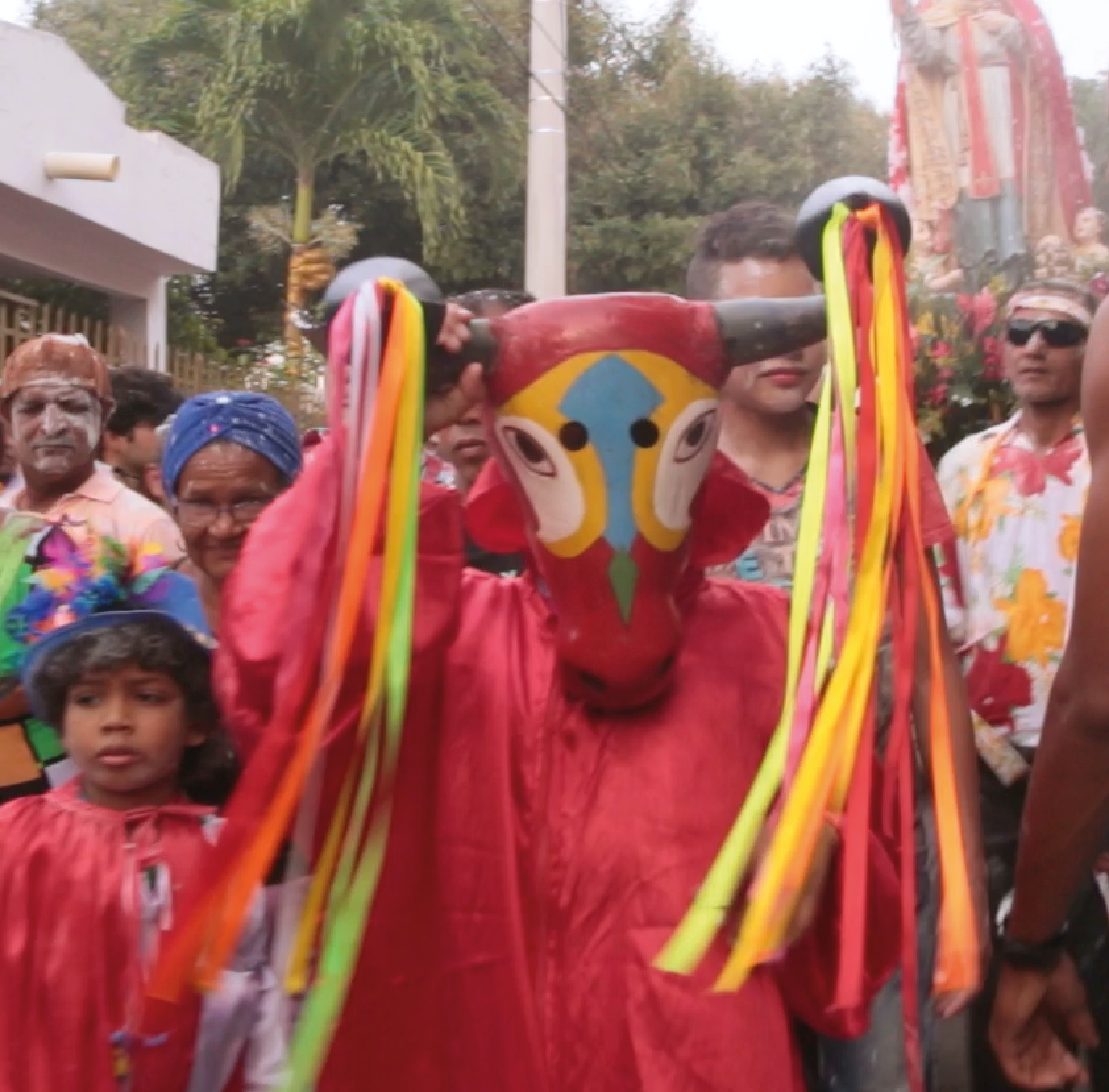
Carnaval de Mamatoco
Históricamente, los primeros carnavales en el Caribe se remontan al siglo XVI en la zona de Mamatoco, Santa Marta, donde convergieron colonizadores, indígenas y más tarde poblaciones afrodescendientes. Esta mezcla cultural tomó forma bajo la influencia de la Iglesia Católica, evidenciada por la construcción de la primera iglesia de Hispanoamérica en Mamatoco. Sin embargo, con el tiempo, esto llevó gradualmente a que la expresión carnavalesca se ocultara dentro del ritual religioso. Mamatoco es quizás el único lugar en el mundo donde se celebran vibrantes precarnavales, aunque paradójicamente su carnaval permanece oculto, representando el origen de los carnavales caribeños en Colombia y la identidad de las mujeres y hombres caribeños.Este fenómeno agrega una capa adicional de complejidad y autenticidad a las celebraciones populares y comunitarias en toda la cuenca del Caribe, enfatizando la riqueza cultural y la singularidad de las expresiones carnavalescas hispanoamericanas, que tienen una amplia relación con
04-30-2024
-
INVENTORIES

Festive Cycle around the devotion and cult of Saint John the Baptist
It is an element of the Intangible Cultural Heritage deeply rooted in more than 150 communities in the northern and central coastal region of the country, in most cases located in front of the Caribbean Sea, at the foot of the Coastal Mountains. These communities are located mainly in the states of Aragua, Carabobo, Miranda, Vargas (current state of La Guaira) and Yaracuy, and include different localities, both rural and urban, of Afro-descendant origin.
04-30-2024
-
INVENTORIES

Traditional skills of building and sailing Iranian Lenj boats in the Persian Gulf
Inscribed in 2011 (6.COM) on the List of Intangible Cultural Heritage in Need of Urgent SafeguardingIranian Lenj vessels are traditionally hand-built and are used by inhabitants of the northern coast of the Persian Gulf for sea journeys, trading, fishing and pearl diving. The traditional knowledge surrounding Lenjes includes oral literature, performing arts and festivals, in addition to the sailing and navigation techniques and terminology and weather forecasting that are closely associated with sailing, and the skills of wooden boat-building itself. The navigational knowledge used to sail Lenjes was traditionally passed on from father to son. Iranian navigators could locate the ship according to the positions of the sun, moon and stars; they used special formulae to calculate latitudes and longitudes, as well as water depth. Each wind was given a name, which along with the colour of water or the height of waves was used to help forecast the weather. Specific music and rhythms also constituted inseparable par
04-27-2024
-
INVENTORIES

Qālišuyān rituals of Mašhad-e Ardehāl in Kāšān
Inscribed in 2012 (7.COM) on the Representative List of the Intangible Cultural Heritage of HumanityQālišuyān rituals are practised in Iran to honour the memory of Soltān Ali, a holy figure among the people of Kāšān and Fin. According to legend, he was martyred, and his body found and carried in a carpet to a stream, where it was washed and buried by the people of Fin and Xāve. Today, Soltān Ali mausoleum is the site of a ritual where a carpet is washed in the holy stream by a huge gathering. It takes place on the nearest Friday to the seventeenth day of the month of Mehr, according to the solar-agricultural calendar. In the morning, people of Xāve gather at the mausoleum to sprinkle rosewater on the carpet. Having completed the wrapping rituals, they deliver it to the people of Fin outside, who rinse the carpet in running water, and sprinkle rosewater drops with neatly cut and beautifully decorated wooden sticks. The carpet is then returned to the mausoleum. People of Kāšān contribute a prayer-carpet and the
04-27-2024
-
INVENTORIES

Naqqāli, Iranian dramatic story-telling
Inscribed in 2011 (6.COM) on the List of Intangible Cultural Heritage in Need of Urgent SafeguardingNaqqāli is the oldest form of dramatic performance in the Islamic Republic of Iran and has long played an important role in society, from the courts to the villages. The performer – the Naqqāl – recounts stories in verse or prose accompanied by gestures and movements, and sometimes instrumental music and painted scrolls. Naqqāls function both as entertainers and as bearers of Persian literature and culture, and need to be acquainted with local cultural expressions, languages and dialects, and traditional music. Naqqāli requires considerable talent, a retentive memory and the ability to improvise with skill to captivate an audience. The Naqqāls wear simple costumes, but may also don ancient helmets or armoured jackets during performances to help recreate battle scenes. Female Naqqāls perform before mixed audiences. Until recently, Naqqāls were deemed the most important guardians of folk-tales, ethnic epics and I
04-27-2024
-
INVENTORIES

Nawrouz, Novruz, Nowrouz, Nowrouz, Nawrouz, Nauryz, Nooruz, Nowruz, Navruz, Nevruz, Nowruz, Navruz
Inscribed in 2016 (11.COM) on the Representative List of the Intangible Cultural Heritage of HumanityNew Year is often a time when people wish for prosperity and new beginnings. March 21 marks the start of the year in Afghanistan, Azerbaijan, India, Iran (Islamic Republic of), Iraq, Kazakhstan, Kyrgyzstan, Pakistan, Tajikistan, Turkey, Turkmenistan and Uzbekistan. It is referred to as Nauryz, Navruz, Nawrouz, Nevruz, Nooruz, Novruz, Nowrouz or Nowruz meaning ‘new day’ when a variety of rituals, ceremonies and other cultural events take place for a period of about two weeks. An important tradition practised during this time is the gathering around ‘the Table’, decorated with objects that symbolize purity, brightness, livelihood and wealth, to enjoy a special meal with loved ones. New clothes are worn and visits made to relatives, particularly the elderly and neighbours. Gifts are exchanged, especially for children, featuring objects made by artisans. There are also street performances of music and dance, publi
04-27-2024
-
INVENTORIES
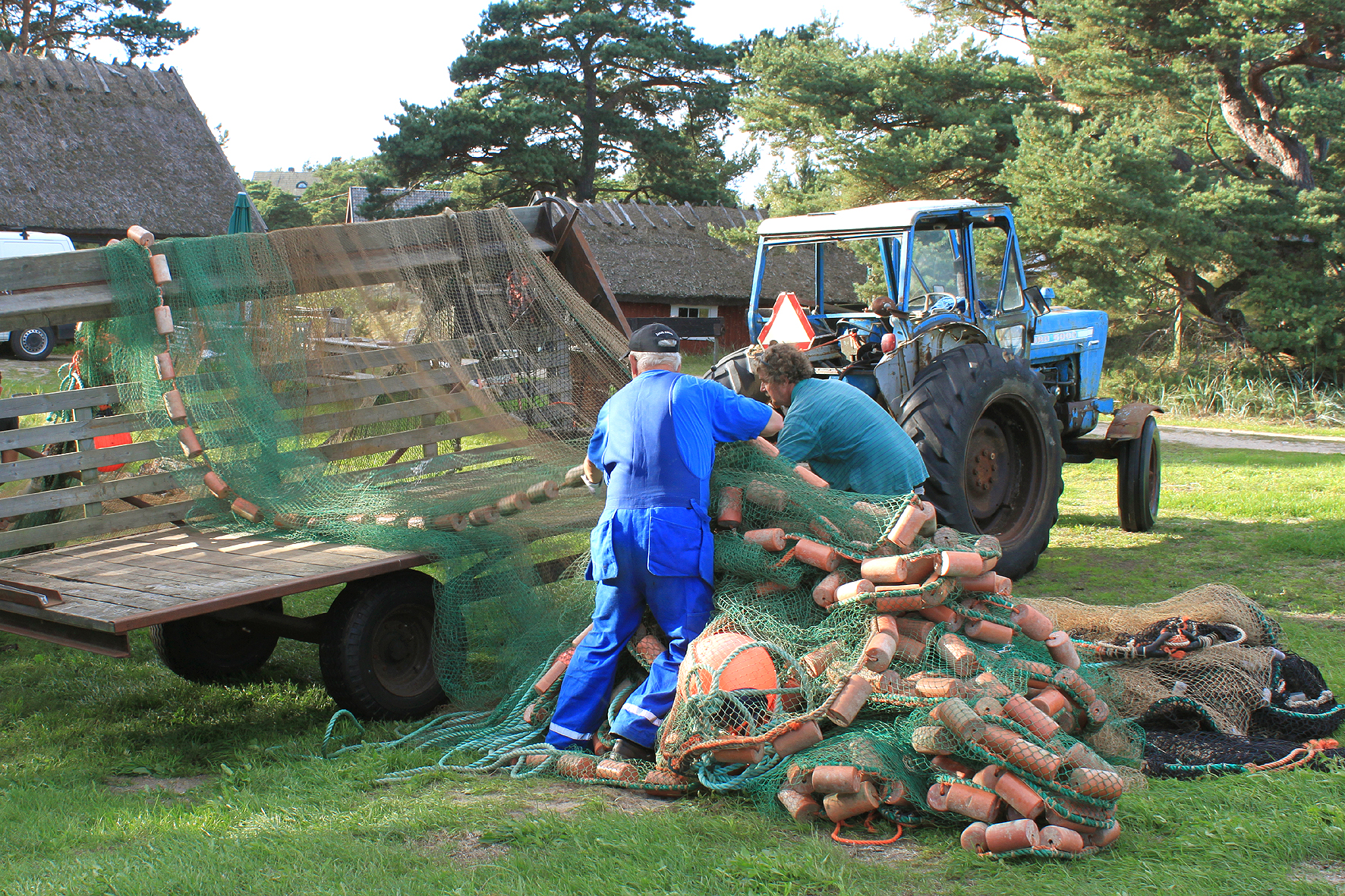
The Eel Coast Cultural Heritage
The Eel Coast Cultural Heritage refers to the more than 3000 years old eel fishing tradition in the Southeastern Sweden. At least since the Scandinavian Bronze Age, eel has been fished for its meat and richness of healthy proteins, Omega 3 and D-vitamines. The traditions along the so called Eel Coast between Åhus and Kivik on the East coast of the landscape Scania, Sweden, are collected by the Eel Coast Cultural Heritage NGO and consist of knowlegde of tools, nets, boats, boat houses, craftmanship, mending of nets and tools, the currents and sea, songs, cooking, oral storytelling.
04-21-2024
-
INVENTORIES
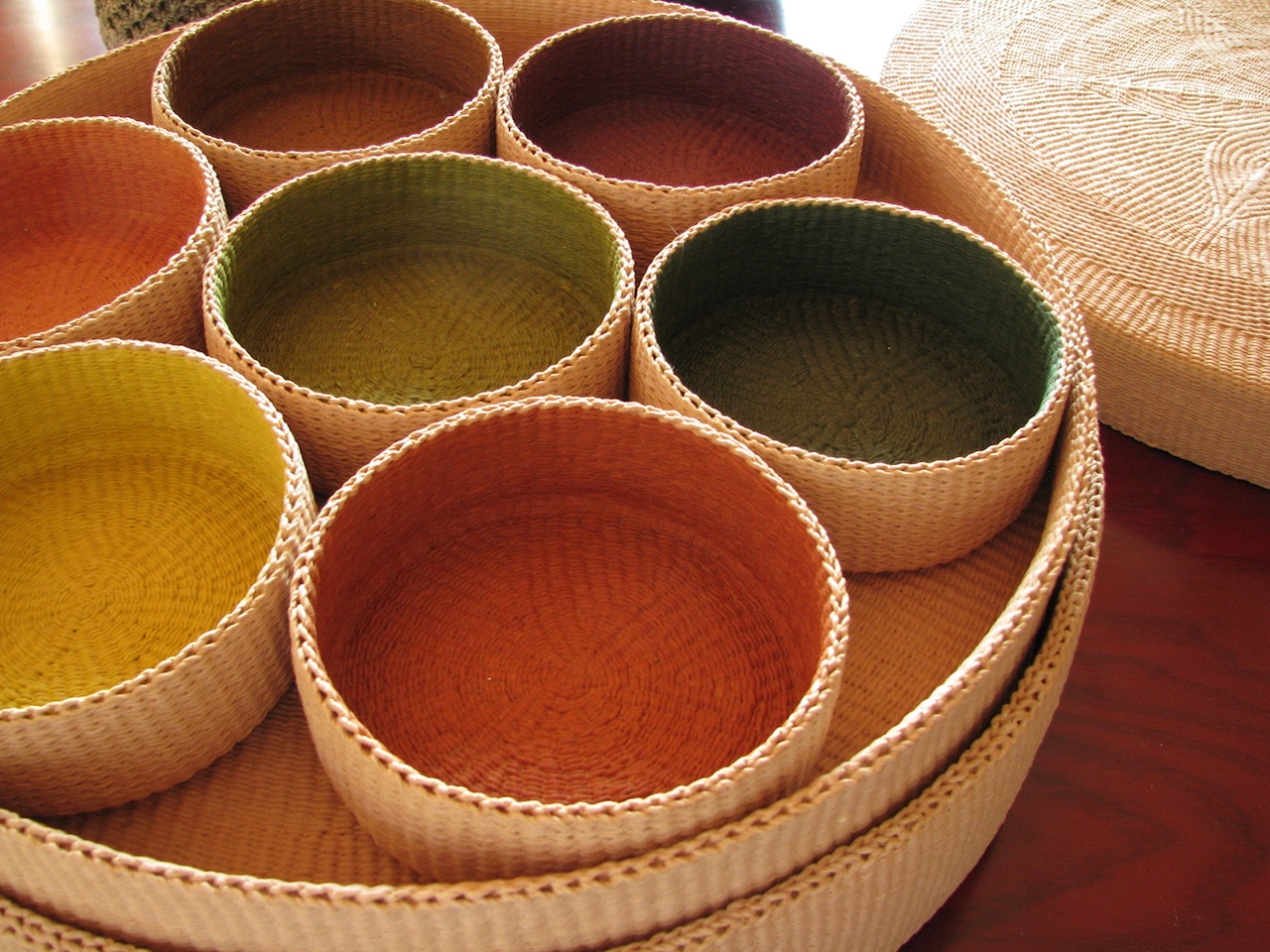
Jiseung
Jiseung, or Korean paper basketry, is an indigenous art form practiced in Korea for centuries and is sometimes referred to as noyeokgae. It involves twisting and twining lengths of hanji (Korean paper) into objects needed in households. Beyond using long lengths of corded hanji for rope, which were turned into mesh bags and undergarments, hanji twists were woven into vessels, mats, tea tables, pillowcases, shoes, quivers, brush holders, baskets, wallets, backpacks, purses, lanterns, chamber pots, bowls, and teapots.
04-17-2024
-
INVENTORIES

Tornohan
“In some places, exchange-labor relationships may not be structured as a network (with fuzzy boundaries) but may be quite elaborately organized, as is the case in Luisiana, Laguna (Duhaylungsod, 1981 in Olofson, 1983, p. 169). Here the arrangement is called tornohan, and a group of farmers democratically elect a facilitator (kabisilya), (whose) office rotates among them. They have a set term of agreement for a period of work, meet on the same two days of every week, always hold a festivity at the end of every turn and rotation, and have regular meetings to analyze problems encountered in the work and to decide on the remaining schedule. Besides the expansion and cultivation of upland and wet-rice parcels, the tornohan involves work in coconut plantations and in making fishponds in damming streams” (Olofson, 1983, p. 169). Text submitted by Raizel Albano, Founder and Director of Anthro on Foot Audio Walking Tours
04-12-2024
-
INVENTORIES
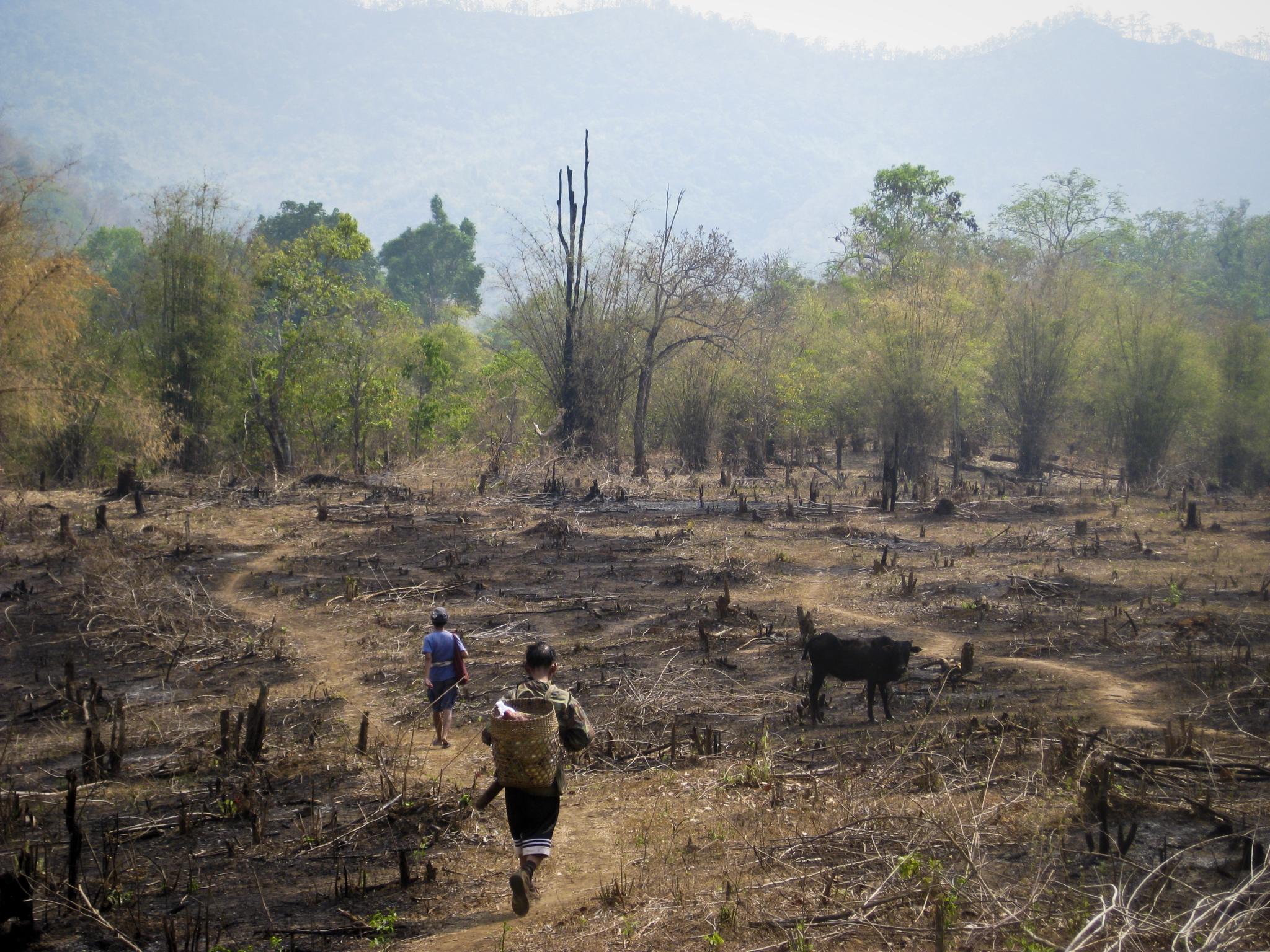
Harmonic Swiddens
“Harmonic swiddens (are) precursors to indigenous agroforestry” (Olofson, 1983, p. 154). “Swiddens—clearings made in the forest by shifting cultivators—may be of two types, depending on the cultural traditions of the farmer. Harmonic swiddens are simultaneous polycultures that have the characteristics listed above for AFS*. Disharmonic swiddens may have evolved from harmonic ones, with the farmer learning to specialize to the point of monoculture or near-monoculture, with one species such as sweet potato, upland rice, or corn dominating in the field… The harmonic swidden is much more capable than the disharmonic of regenerating into natural forest during the fallow period” (ibid.). “The Tiruray of Mindanao have been described as having another kind of what I call resonance between the forest and the cultivated areas. This involves a virtual exchange of planting materials between the two sites. Four bamboo species, the fruit trees Averrhoa carambola, narra, and Gendarussa vulgaris are taken from the forest and
04-12-2024
-
INVENTORIES
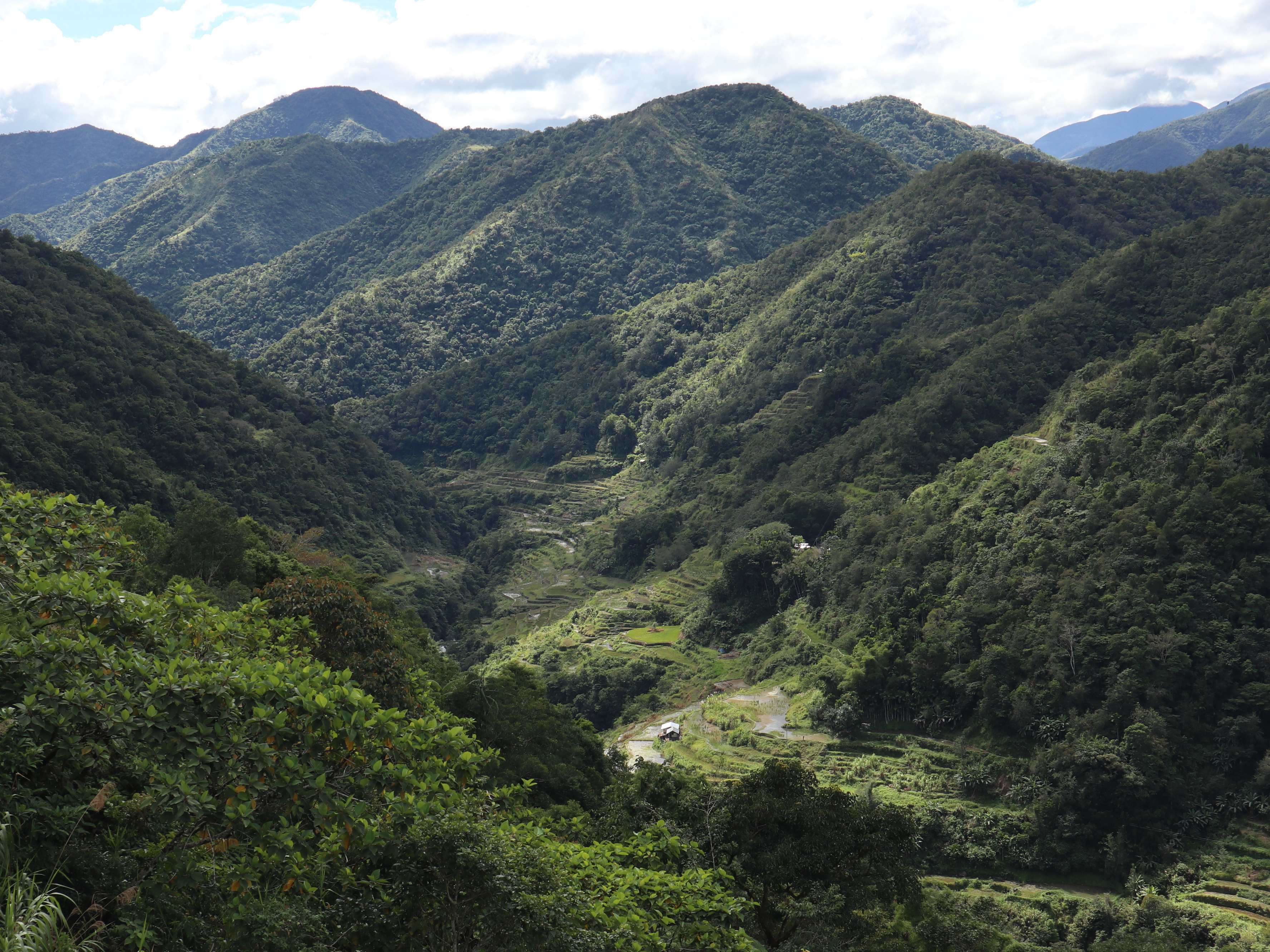
Primus Occupantis
“The general pattern in the establishment of rights to land in the Cordillera is primus occupantis (i.e., the first to occupy the land by clearing and using it). Titles are embedded in rituals and are orally transmitted. The various groups have different land-use systems and different kinds of rights attached to land—for foraging, swiddening, wet-rice agriculture, mining, and grazing cattle and water buffalo. It is not uncommon for some ethnic groups to have multiple land-use systems, each governed by different rules” (Prill-Brett, 1994, p. 689). Text submitted by Raizel Albano, Founder and Director of Anthro on Foot Audio Walking Tours
04-12-2024
-
INVENTORIES
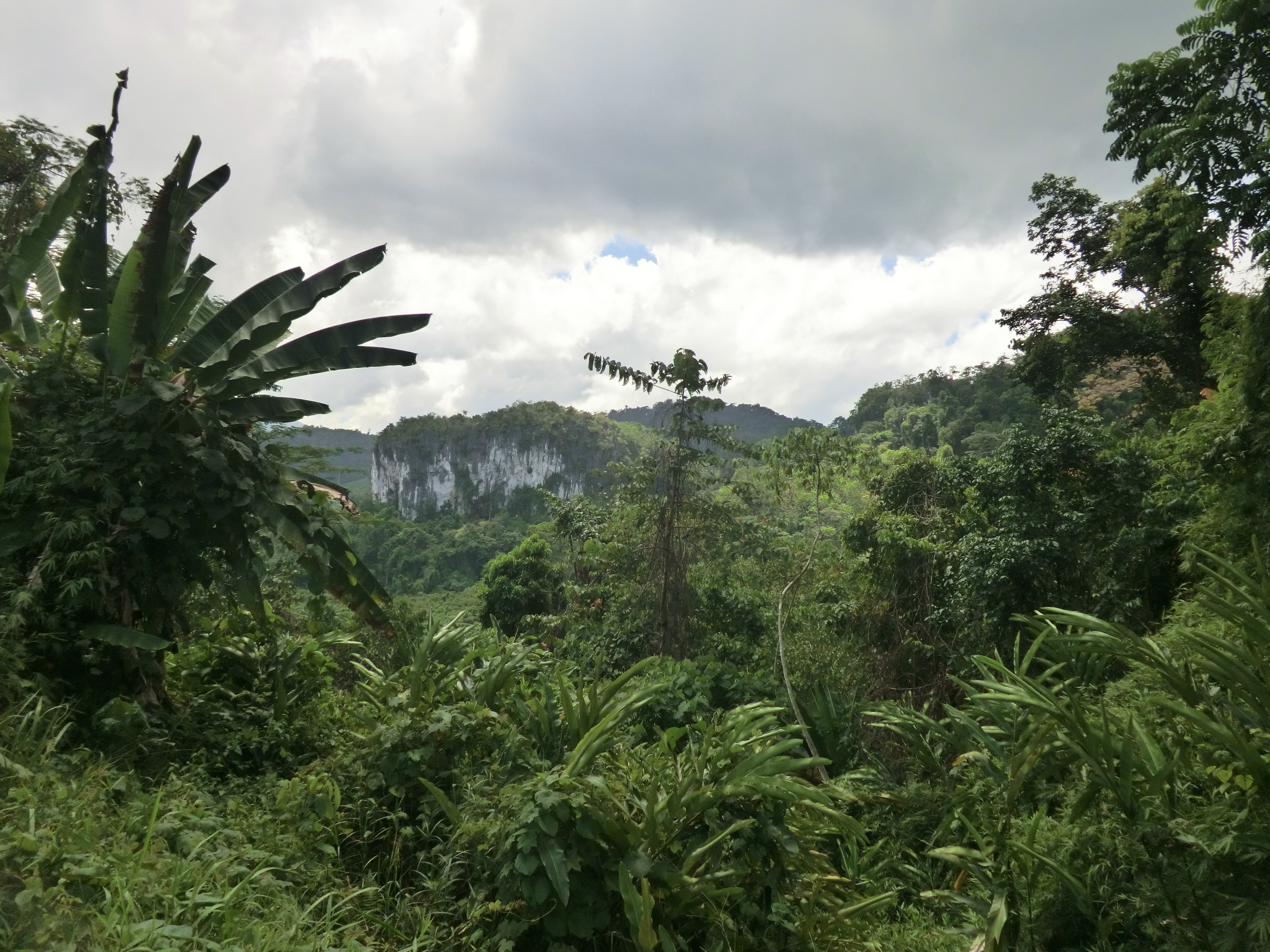
Subsistence (or Kinship) Mode of Production
“Indigenous communities are generally subsistence production societies… Because forests are a highly diversified environment, they provide opportunities for a variety of productive activities such as forest resource extraction, horticulture, hunting and fishing. Traditionally, the exploitation of the natural environment is carried out on a small scale because the fundamental goal is simple production to maintain the household and not production of surplus for the market. By its nature, this mode of production tends not to over-exploit the available resources. Such a level of resource exploitation does more to assure long-term sustainability of production, although it is considered underproductive from the standpoint of formal economics” (Duhaylungsod, 1998; Duhaylungsod & Hyndman, 1995 in Duhaylungsod, 2001, p. 612).“This subsistence mode of production of indigenous peoples is largely based on an ideology of reciprocal exchange. As in access to land use, the entire production system of indigenous peoples is s
04-12-2024
-
INVENTORIES
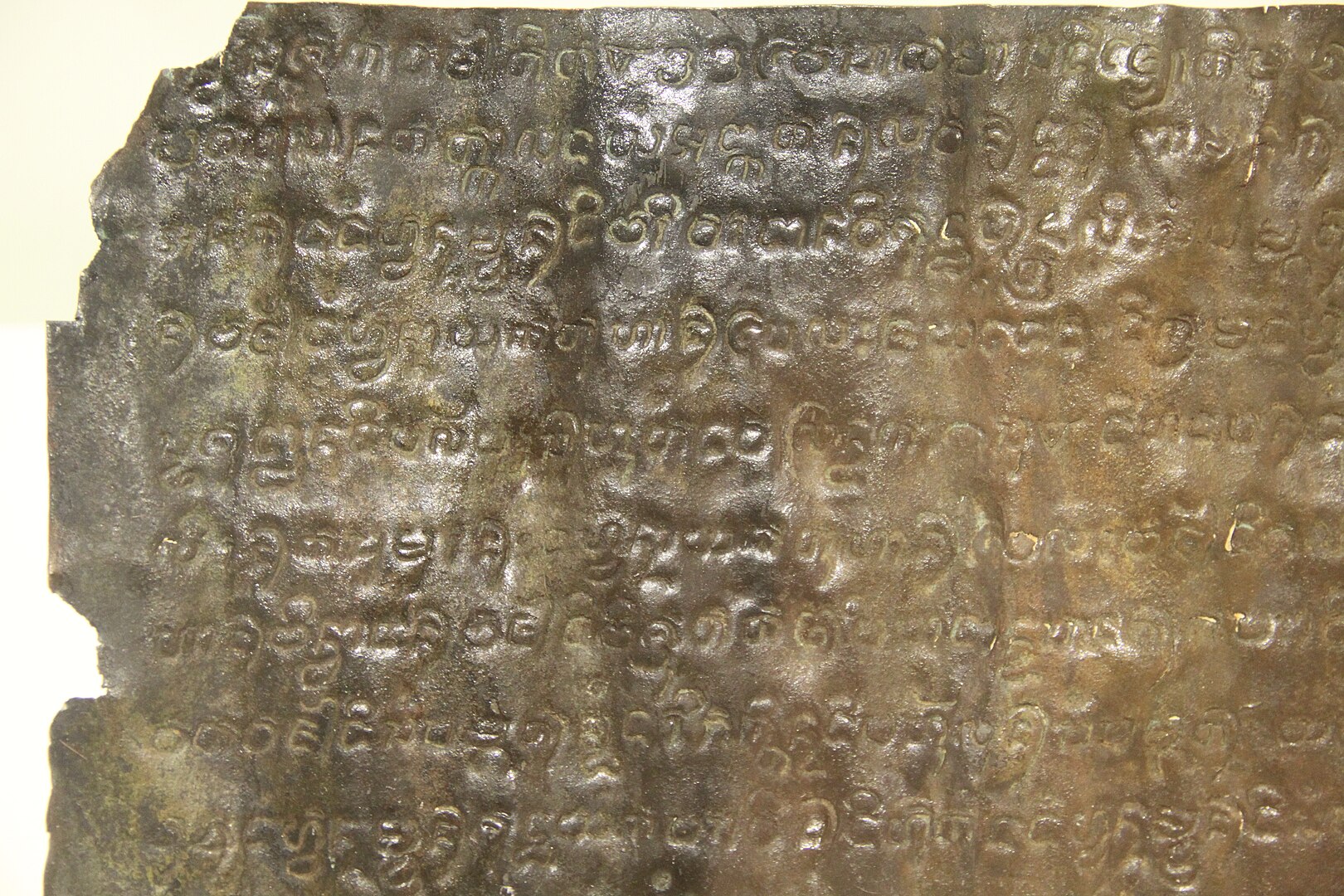
Baybayin
Baybayin is one of the Philippines’ most widely used ancient scripts, as used in the Laguna Copperplate (shown in the photo) codifying the payment of a certain debt.Stemming from the Tagalog word “baybay,” meaning “to spell,” archaeological and historical records suggest that the Baybayin was used between the 14th to 16th centuries, coinciding with the Filipinos’ active trade with their Malaysian and Indonesian neighbors, who were then using the Kawi script. The emergence of the Baybayin and Kawi scripts testify to maritime Southeast Asia’s interactions with Indian traders as both scripts appear to descend from the Brahmic or Indic script, a script widely used in India during the reign of Emperor Ashoka.As of this writing, only four indigenous groups are known to be using this script (Brookes, 2021; Griffiths, 2018; Hartmann, 1986; Kuipers & Bhaskararao, 2003; Postma, 1992; Wade, 1993). Text by Raizel Albano, Founder and Director of Anthro on Foot Audio Walking Tours
04-08-2024
-
INVENTORIES
_(31711258567).jpg)
Mayvanuvanua
“The term mataw refers to the method of hook-and-line fishing for dorado (Coryphaena hippurus) and to the fisher using this method” (Mangahas, 2008, p. 380).“Traditionally in Batanes the mataw method of fishing has a collective aspect: before the fishing season begins fishers must first get together to “make the port” (Mayvanuvanua). Presently there are only four mataw ports or vanua in Batan Island: Chanpa-n, Manichit, Maratay, and Diora, located on the Valugan (roughly the east) side of Batan Island” (ibid.). “By making the vanua (Mayvanuvanua), the mataw transform the vanua, which is a natural geological feature of the landscape, into a sacred and sensitive place” (ibid., p. 380-382). Text submitted by Raizel Albano, Founder and Director of Anthro on Foot Audio Walking Tours
04-08-2024
-
INVENTORIES
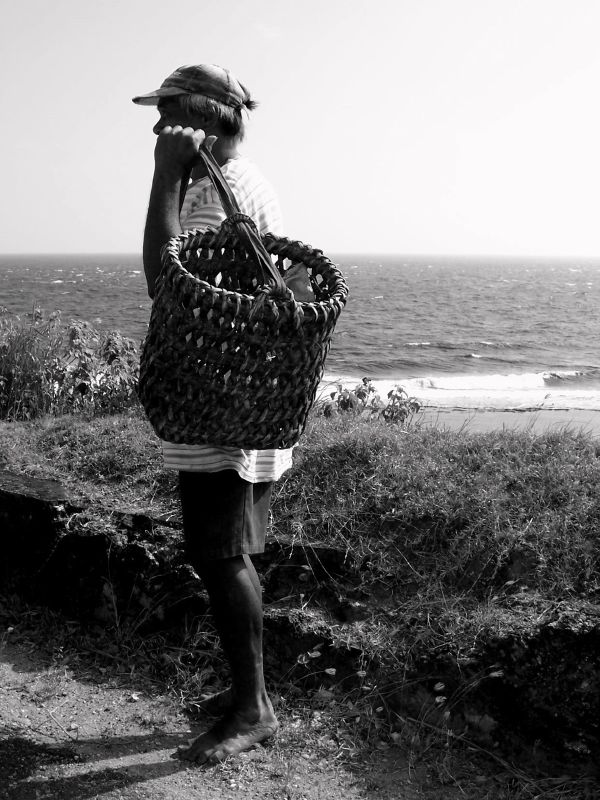
Payuhwan
“The general term for cooperative work among the Ivatan is payuhwan, wherein the group extends or rotates the cooperative work to its members. The sound of the vudyadong or Triton’s trumpet shell signals the start and end of the cooperative work and the time to rest among the payuhwan” (Tabios, 2020). “In case one member cannot attend the payuhwan on the scheduled date, the member must send a representative or substitute” (ibid.), reflecting the community's deeply rooted regard for harmony and unity. Text submitted by Raizel Albano, Founder and Director of Anthro on Foot Audio Walking Tours
04-08-2024
-
INVENTORIES
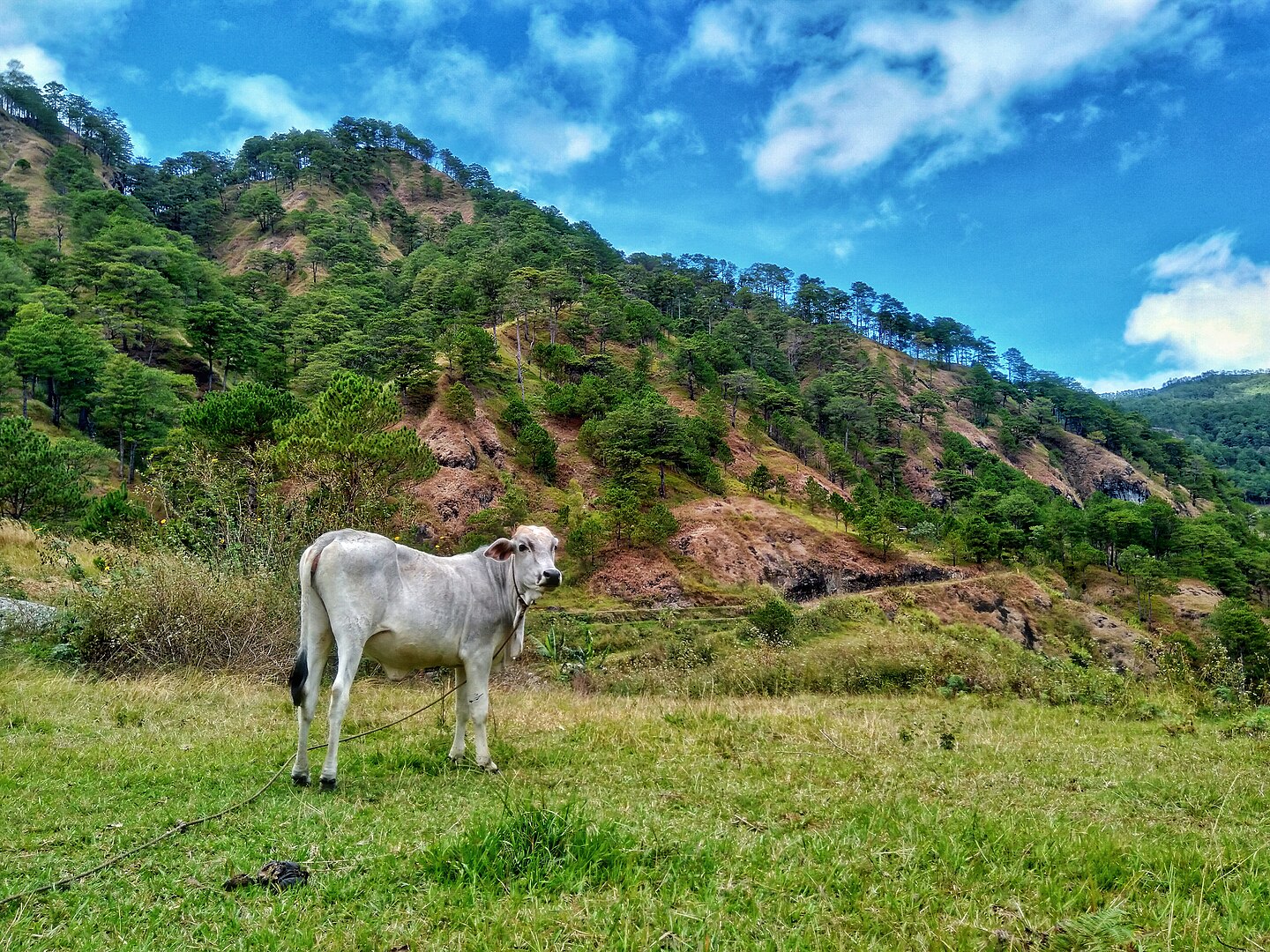
Solbeg
The Kankana-eys, an indigenous group from the northern Philippines, resort to a sharing system called solbeg.As the baknang (a member of a wealthy household) entrusts one cattle head to his/her caretaker, the latter ensures that the cattle head produces three offspring: two of which, along with the original head, are given back to the baknang, while the remaining head is to be kept by the caretaker.Through the solbeg sharing system, the baknang and the caretaker share in the responsibility of growing more cattle (Bagamaspad and Pawid 1985), benefitting their respective families and the community. Text by Raizel Albano, Founder and Director of Anthro on Foot Audio Walking Tours
04-08-2024
-
INVENTORIES
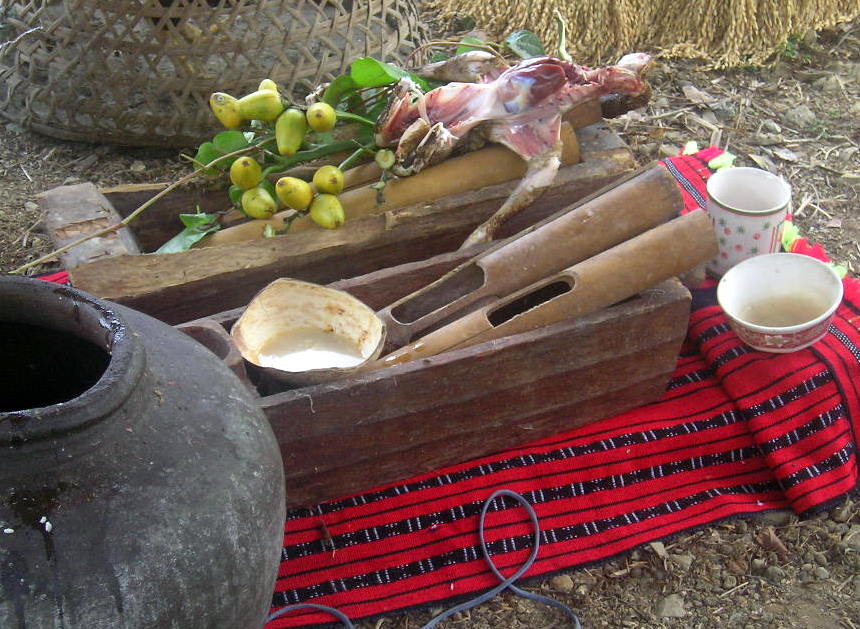
Tongtong
The tongtong is the primary justice system used by indigenous communities in the Cordillera Administrative Region in the Philippines for conflict resolution. With customary laws serving as its basis, the tongtongan (or the “council of elders”) serves as judges, mediators, and counselors.As outlined by Rice (1974), the tongtongan follows these basic principles: (1) Judgment is immediate, final, and executory; (2) All hearings are held in public; (3) Restoration is immediate and accomplished through a celebration involving the entire community; (4) The kin of the guilty party is involved in the payment of fines, while the kin of the offended party is the recipient of a portion of the fine; and, (5) Pig, which is a portion of the fine, is butchered for the celebration.After settlement, a member of the tongtongan pours water on both parties’ hands to symbolize the cleansing of past hurts. They also drink tapey/tapuey/tapuy, a traditional rice wine, from the same glass, to embody friendship and camaraderie from he
04-07-2024
-
INVENTORIES
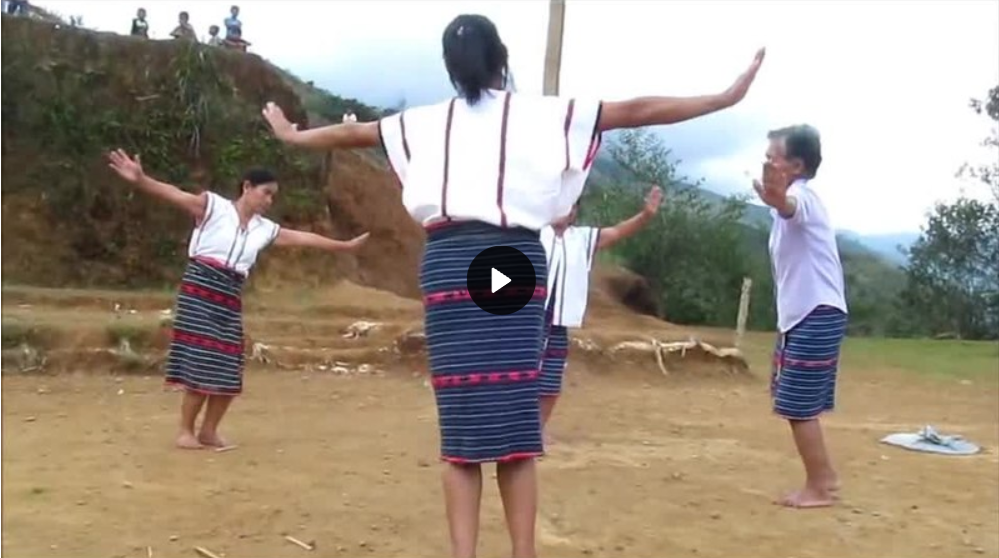
Cañao
“Cañao is a festival or ceremony, a liturgy or service, a rite or ritual and offering. It is a celebration for productive economic activities where animals are offered in thanksgiving known as Iya-ey (the term used among the Kankana-eys). Th(i)s is also done during marriages, healing, birth, burial, and voyage where prayer plays a significant role. They invoke spirits with offerings of animals, food, and other material things prescribed by (local) priests” (Igorot Cordillera BIMAAK Europe, 2013).“Dancing is also part of Cañao. There is this two-person dance of a man and a woman. The man hangs blankets woven in an indigenous pattern or design over each shoulder while the woman wraps a single similar blanket around her waist. The man leads the woman, and they dance in a circular motion with a hop-skip tempo to the beat of sticks and gongs. The dancing continues until a member of the audience decides to honor the dancers with a shout, “Ooo wag, Hoy! Hoy,” ending the dancing" (ibid.).Text submitted by Raizel Alba
04-07-2024
-
INVENTORIES
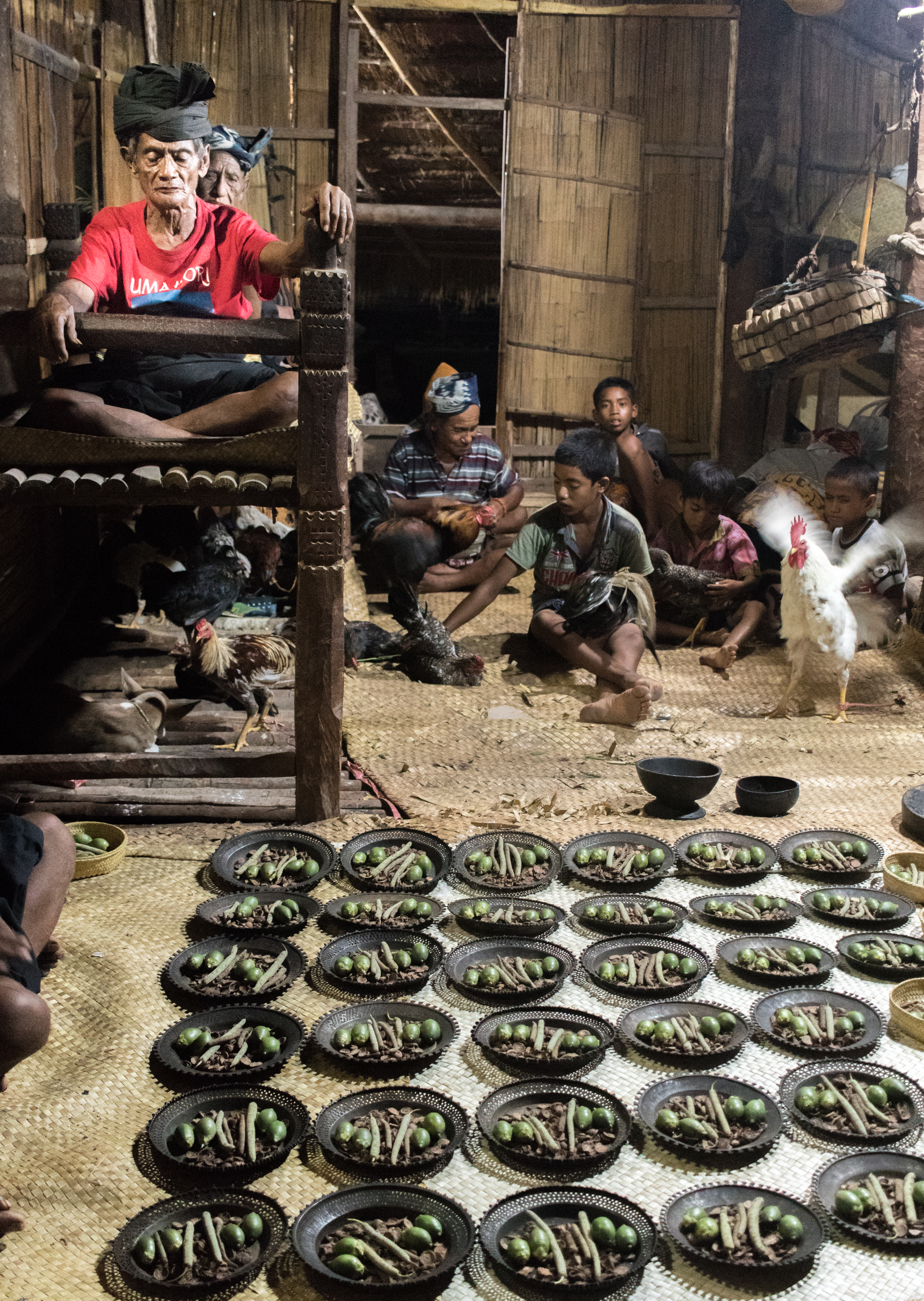
Mangejing
Mangejing is one of the most significant socio-cultural rituals of the Marapu Indigenous Religion community of Kanatang district, East Sumba, East Nusa Tenggara Province, Indonesia. This ritual used to be undertaken on an annual basis synchronised to the agricultural harvest, but in recent decades has only been performed around once every decade. Mangejing takes place over a period of one week and at a series of set locations which have historic and religious significance in and around a clan village. Although many aspects of the event are undertaken by specialists in oral tradition, music, song and ritual, the entire village and representatives from surrounding clans also take part. Mangejing incorporates a wide range of intangible and tangible cultural expressions including ritual parallel speech, song, music, dance, traditional games, weaving, carving, goldsmithing and the performative aspects of ritual. Marapu ritual specialist Umbu Timbu Wohangara explains the purpose of the ritual: “There are several re
03-21-2024
-
INVENTORIES
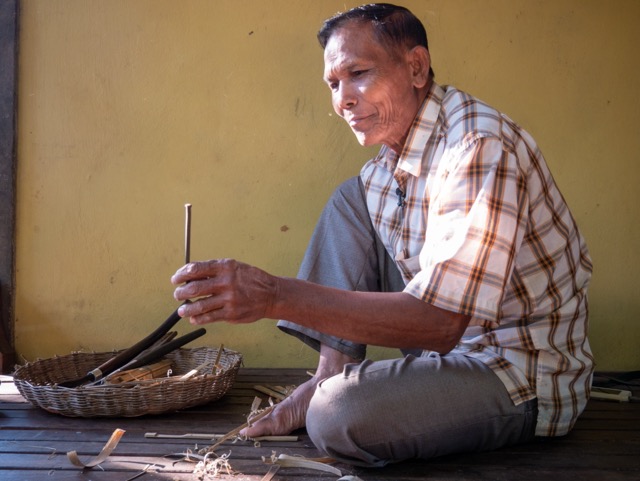
Angkuoch (Cambodian Jew's Harp)
Although the musical instrument popularly known as the “Jew’s Harp” is found in many countries around the world, the Cambodian version is unique. Called Angkuoch, it is a precious part of Cambodia’s living cultural heritage.Nowadays, Angkuoch and its associated practices require urgent safeguarding actions. Due to social and cultural shifts in Cambodia over the last half-century, including the devastation of the Khmer Rouge era in the 1970s, only a handful of people still know how to make and play Angkuoch. In Cambodia, Angkuoch is (or has been) found in several provinces both among the majority Khmer people and some ethnic minorities.Angkuoch was once a popular local pastime in village communities. Traditional social functions for playing Angkuoch include as a rural pastime, young men, and to accompany simple folk songs. Players and makers of Angkuoch are typically men, though there appear to be no cultural restrictions on women playing or making the instruments.There are at least three types of Cambodian An
03-07-2024
-
INVENTORIES

Etëtung (Vanuatu Women's Water Music)
Etëtung, known in English as Vanuatu Women’s Water Music, is a sonically and visually striking performance tradition that is found in several communities in the Pacific Island nation of Vanuatu. Standing in a circle or semi-circle in waist-deep water, the women rhythmically slap the surface of the water using a variety of hand techniques that create a diversity of sounds. These sounds reflect those in the natural local environment – the call of a particular species of bird, for example, an oncoming cyclone, or waves over the reef at low tide. Contemporary Etëtung performances often comprise a handful of “pieces” each lasting a minute or two (though this depends on performance context and function). Typically, each piece features a distinct rhythm (or set of rhythms) accompanied by a simple chanted or intoned melodic phrase. One community whose practice of Etëtung as become particularly renowned is that of Leweton village, on the island of Espiritu Santo. Since the founding in 2008 of the cultural tourism ente
03-07-2024
-
INVENTORIES
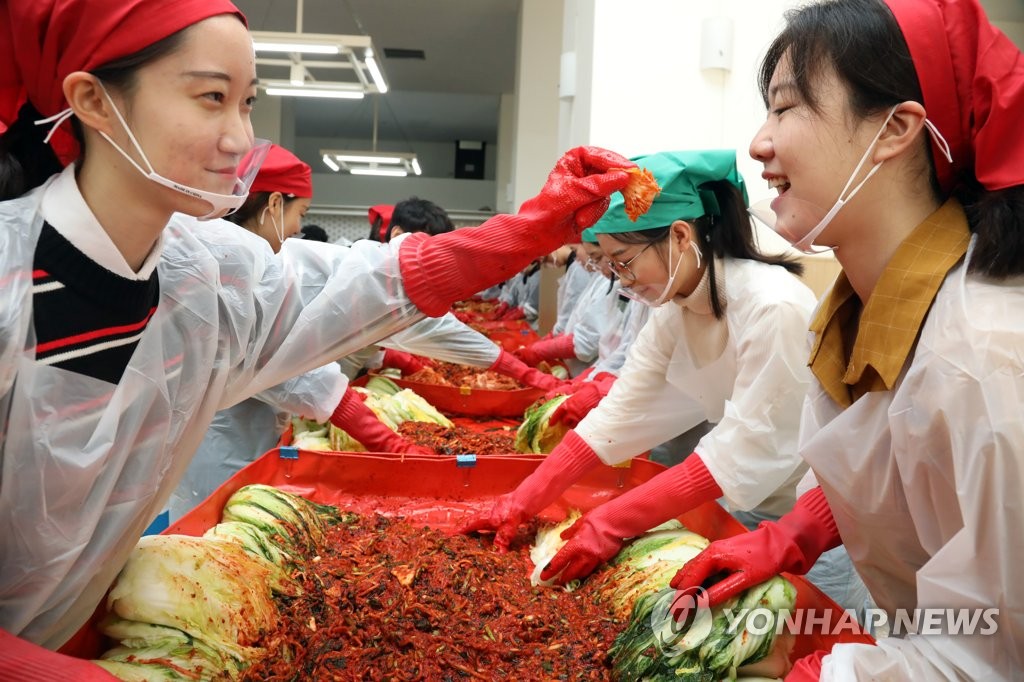
Kimchi / Kimjang
Kimchi, a fermented vegetable dish in Korean cuisine, symbolizes the country's identity and heritage, showcasing the importance of cultural preservation. Apart from its rich cultural significance, kimchi is also prized for its nutritional value, abundant in vitamins A and C, and beneficial bacteria from fermentation, promoting gut health. Kimjang, the communal tradition of making and sharing kimchi before winter, fosters community unity and cooperation, reinforcing the significance of food in nurturing social bonds and preserving cultural practices.
10-20-2023
-
INVENTORIES
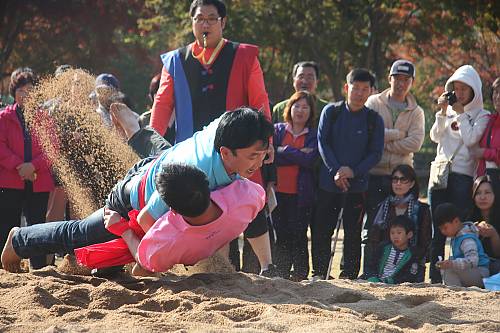
Ssireum
Ssireum, Korean traditional wrestling, holds several meanings and importances within Korean culture. It embodies a rich historical legacy, promoting physical strength, discipline, and camaraderie. Beyond its physical aspects, Ssireum symbolizes the preservation of Korean heritage and serves as a medium for fostering a sense of national identity and pride. As a sport deeply rooted in tradition, it promotes sportsmanship, cultural exchange, and a strong sense of community, emphasizing the values of respect and perseverance. Furthermore, Ssireum plays a role in promoting health and well-being, encouraging a balanced lifestyle and the pursuit of physical fitness.
10-20-2023
-
INVENTORIES
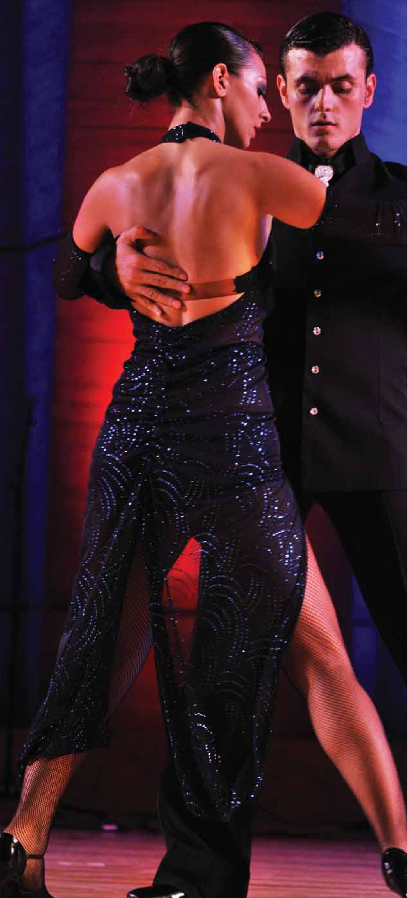
Tango
Tango, originating from the working-class neighborhoods of Buenos Aires and Montevideo in the late 19th century, carries multiple meanings and holds significant importance:Cultural expression: Tango serves as a powerful cultural expression of the Argentine and Uruguayan people, reflecting their history, struggles, and emotions. It embodies the fusion of various cultural elements, including African, European, and indigenous influences, making it a symbol of cultural diversity and identity.Social significance: Tango has historically been a dance of the people, originating in marginalized communities and providing a form of emotional expression and connection. It has served as a way to break social barriers and create a sense of community among people from diverse backgrounds.Artistic form: Tango is not just a dance but also a musical genre, comprising intricate rhythms, melodies, and poetic lyrics. It has become a celebrated art form globally, appreciated for its passionate and evocative expression, both in its
10-20-2023
-
INVENTORIES
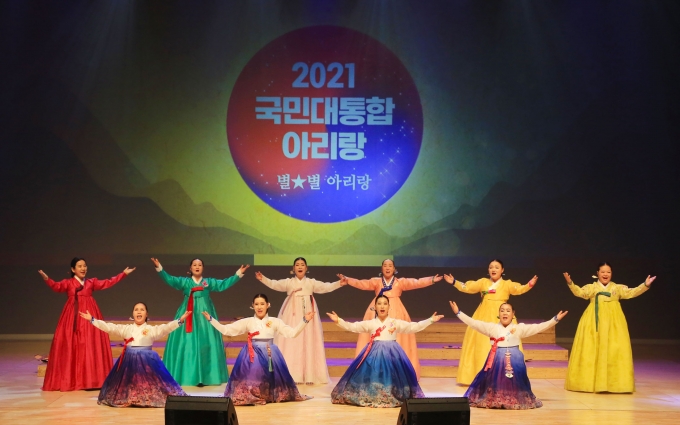
ARIRANG
"Arirang" is one of the best-known traditional folk songs of South Korea, representing a symbolic and cultural hallmark of the country. The song holds deep historical and emotional significance for the Korean people. "Arirang" is used musically to express themes of longing, separation, pain, and hope, resonating with Koreans as an embodiment of their homeland and collective sentiments.The song has also been employed during Korea's independence movement and, post the Korean War, as a symbol of hope for reunification. Consequently, "Arirang" plays a vital role in providing emotional solace and fostering a sense of unity while evoking profound emotions about their homeland and history. Koreans use this song to share their feelings about their homeland, family, love, and aspirations.Furthermore, "Arirang" is considered a significant representation of Korean culture. The song serves to preserve and propagate traditional music and folklore, playing a crucial role in strengthening Korea's cultural identity and intro
10-20-2023
-
INVENTORIES
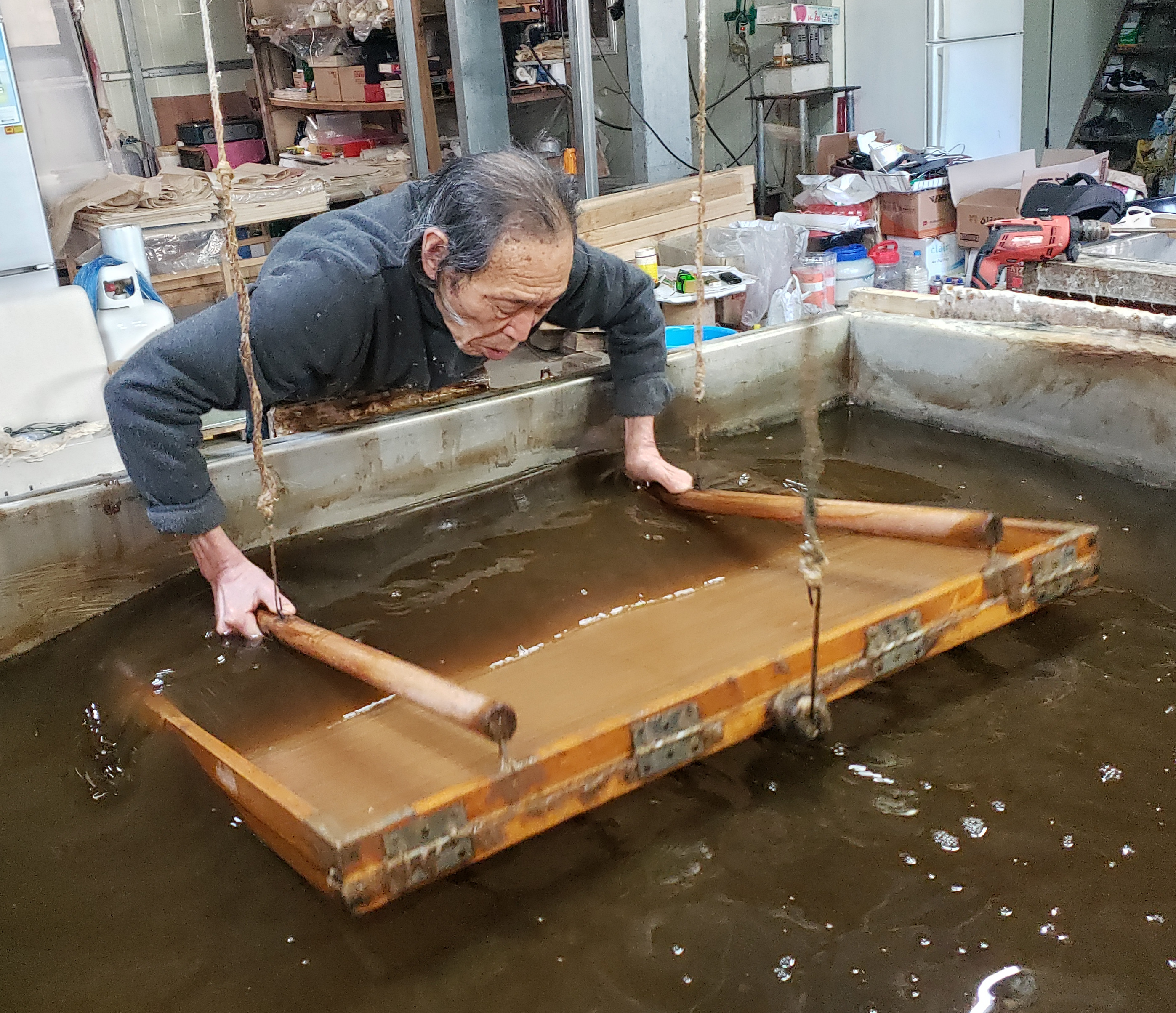
HANJI
Korean Hanji, also known as Hanji or Korean traditional paper, is a unique and culturally significant material that has played a central role in Korean history, art, and craftsmanship for centuries. It is made from the inner bark of the paper mulberry tree (Morus alba), which is native to Korea. Hanji is renowned for its exceptional durability, texture, and versatility, and it holds a special place in Korean culture for several reasons.Historical Significance: Hanji has a long and storied history in Korea, dating back over a millennium. The paper-making tradition in Korea predates the invention of printing, and Hanji was used for a wide range of purposes, including writing, painting, calligraphy, and preserving important documents. This historical significance has made it a symbol of Korean heritage.Cultural Heritage: Hanji is deeply intertwined with Korean culture. Its production and use are closely associated with Korean traditions and customs, including the making of traditional clothing (hanbok), umbrella
10-20-2023
-
INVENTORIES
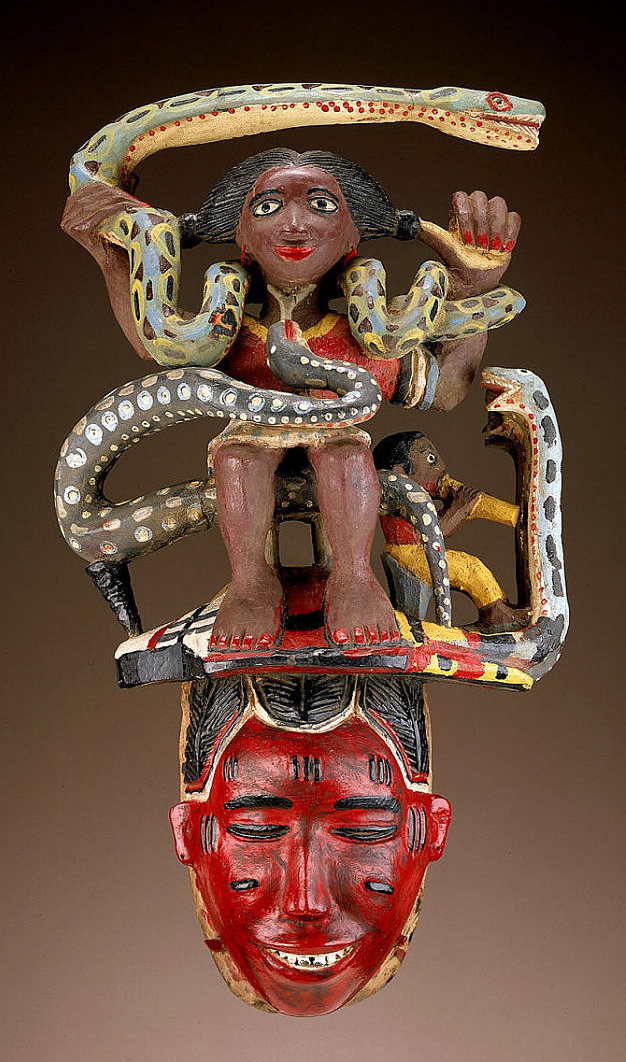
Zaouli - The History Of The Zaouli Dance Of Côte d'Ivoire
The Zaouli dance is a traditional mask dance from Côte d'Ivoire, West Africa. It is performed by the Guro people and is an essential part of their cultural heritage. The dance features an ornate wooden mask with a highly stylized representation of a beautiful woman's face, adorned with a tall headdress and intricate detailing.Zaouli is typically performed at various social and religious ceremonies, such as weddings, funerals, and festivals. The dancer, often dressed in vibrant, flowing attire, moves with incredible grace and agility, imitating the mask's elegant features and expressions. The dance involves intricate footwork, rapid spins, and rhythmic hand claps accompanied by traditional music, including drums and percussion instruments.Zaouli is not only a form of entertainment but also a means of passing down cultural stories and preserving the Guro people's traditions. The dance has gained international recognition for its artistic beauty and cultural significance, making it an integral part of Ivorian he
08-24-2023
-
INVENTORIES
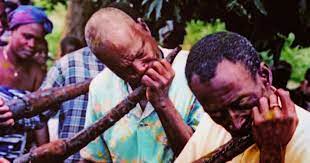
Gbofe of Afounkaha, the music of the transverse trumps of the Tagbana community, a cultural heritage in need of safeguarding
Gbofe of Afounkaha holds deep cultural and social significance in Cote d'Ivoire. It serves as a powerful medium for communication, conveying messages of praise, love, satire, mourning, and moral or educational teachings during various rituals and traditional ceremonies. Gbofe plays a vital role in conferring respect for the holders of tradition, fostering cultural unity, peace, and social cohesion among different communities and people. Additionally, it represents a crucial part of the cultural identity of the Tagbana community, preserving their historical narratives, values, and artistic expressions across generations.
04-04-2022
-
INVENTORIES
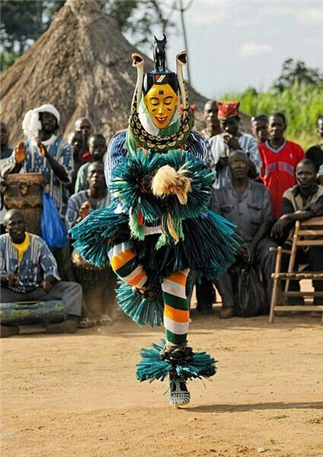
Zaouli, cultural heritage of Côte d’Ivoire
The Zaouli dance of Côte d'Ivoire holds deep cultural and social significance, symbolizing various meanings and serving important roles within Ivorian communities. Its meanings and importance can be summarized as follows:Cultural Identity and Heritage: The Zaouli dance embodies the cultural identity and heritage of the communities in Côte d'Ivoire, reflecting their traditional values, beliefs, and practices. It serves as a powerful symbol of the region's rich cultural legacy, connecting the present generation with its historical and traditional roots.Celebration of Femininity and Beauty: The dance is often associated with the celebration of feminine beauty and grace, as it is performed by individuals adorned in elaborate masks and costumes representing idealized concepts of beauty. Through its intricate movements and rhythmic expressions, the Zaouli dance honors the beauty and elegance of women, portraying them as central figures in Ivorian culture.Social Cohesion and Unity: The Zaouli dance fosters social co
03-28-2022
-
INVENTORIES
2019 JIAPICH Finalist- Contact Base of India
08-24-2021
-
INVENTORIES

2020 JIAPICH Finalist- NGO Impacto of Mexico
07-07-2021
-
INVENTORIES
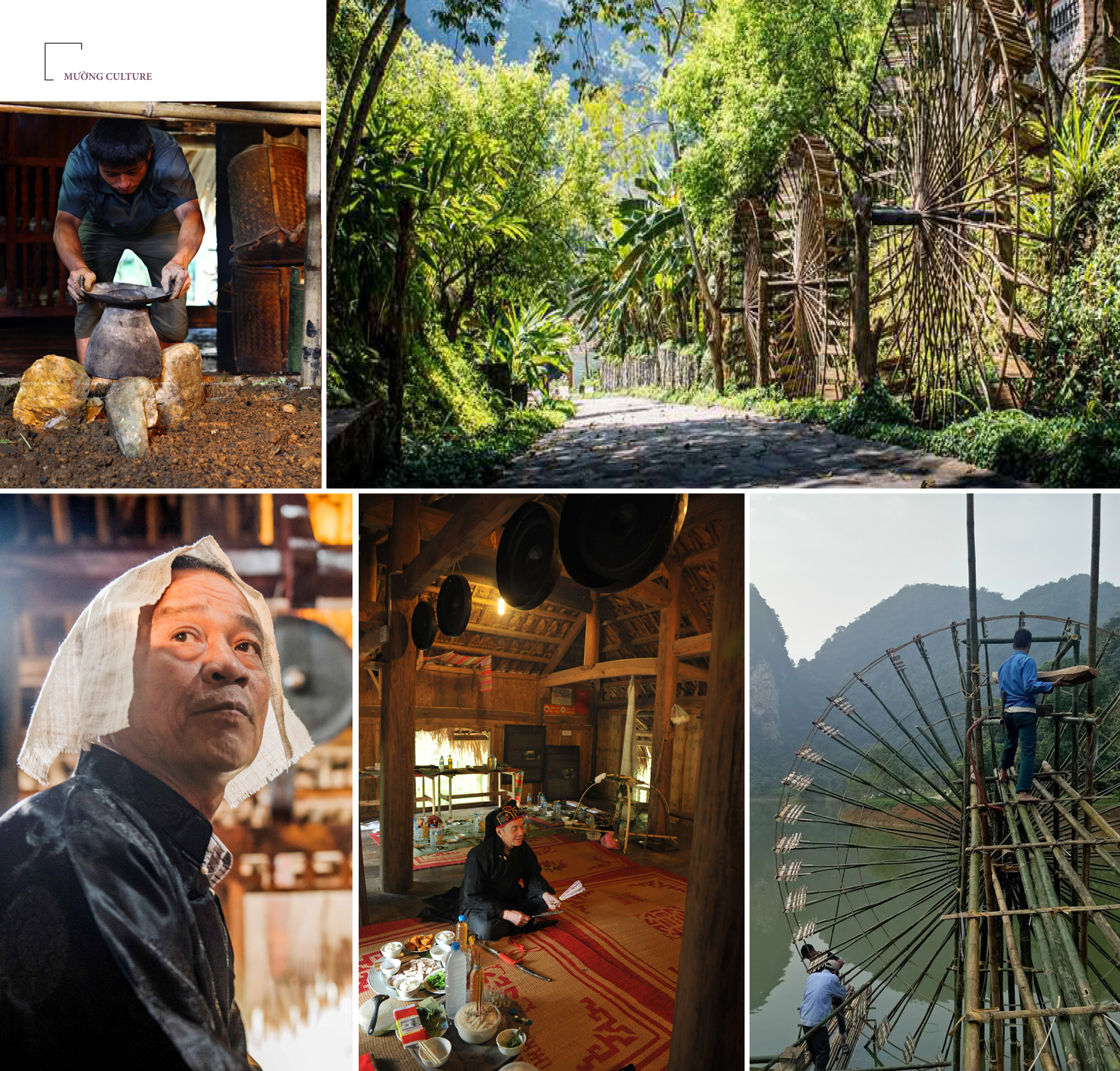
2020 JIAPICH Finalist- Mr. Hieu Duc Vu, Director of Muong Cultural Space Museum of Vietnam
07-07-2021
-
INVENTORIES
2020 JIAPICH Finalist- ASAMA of Burkina Faso
07-07-2021
-
INVENTORIES
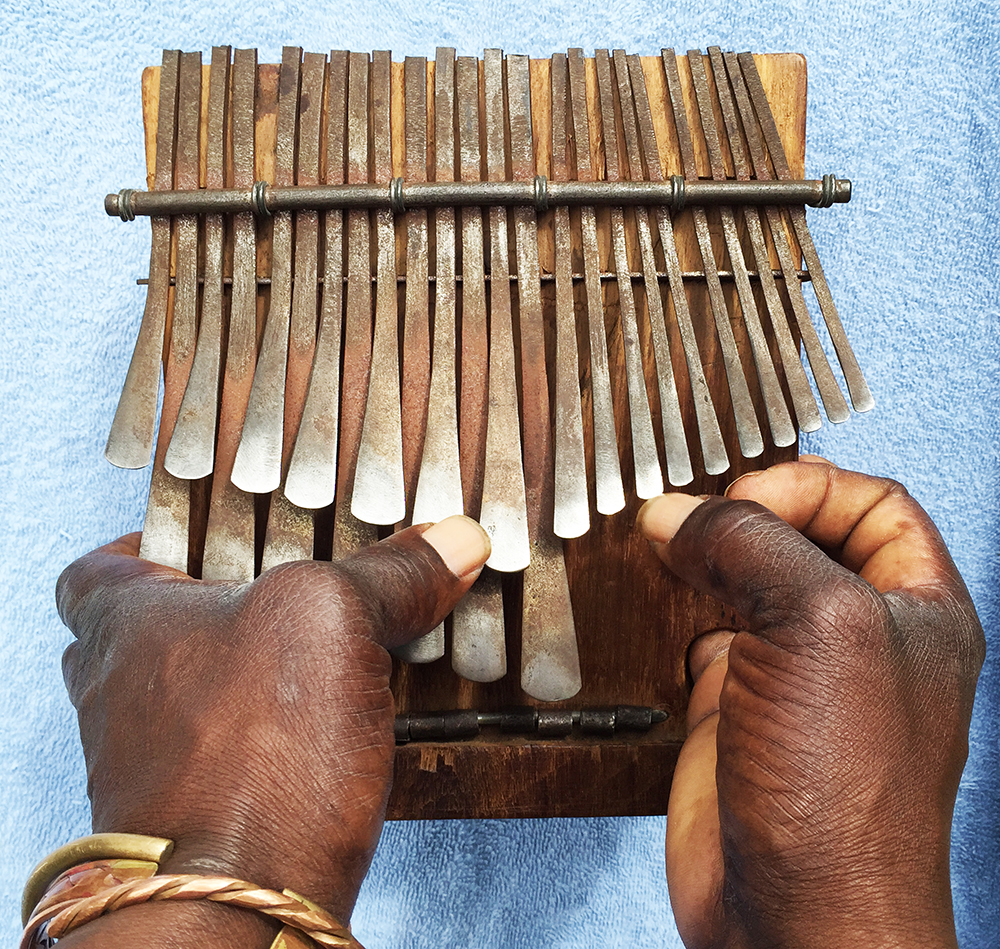
Art of crafting and playing Mbira/Sansi, the finger-plucking traditional musical instrument in Malawi and Zimbabwe
03-10-2021
-
INVENTORIES
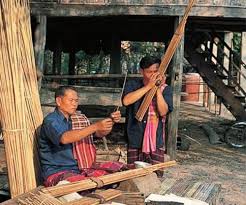
Khaen music of the Lao people
02-16-2021
-
INVENTORIES

Ala-kiyiz and Shyrdak, art of Kyrgyz traditional felt carpets
12-16-2020
-
INVENTORIES
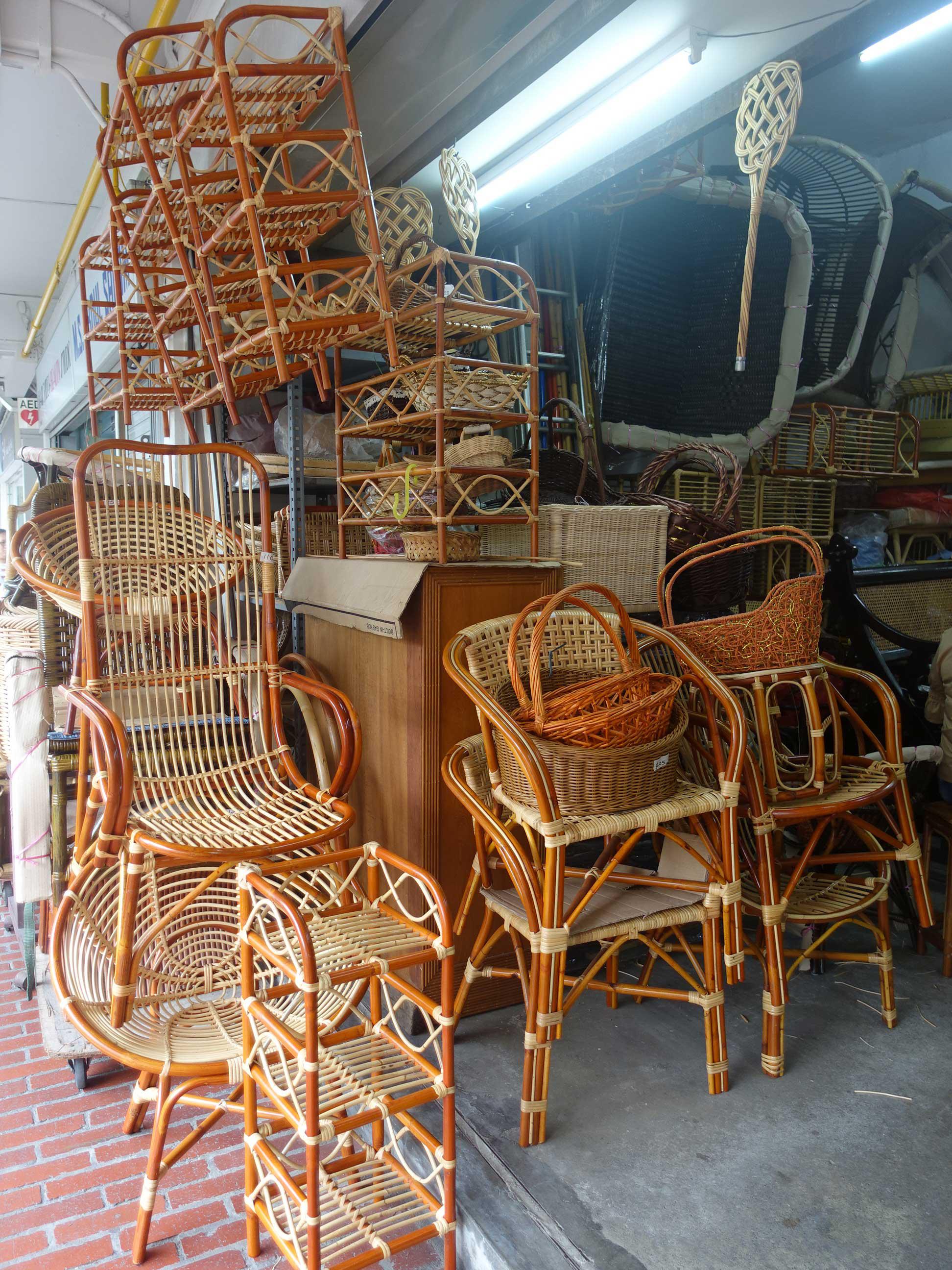
Making of Rattan Products
06-02-2020
-
INVENTORIES

Mongolian Traditional Practices of Worshipping the Sacred Sites
03-02-2020
-
INVENTORIES
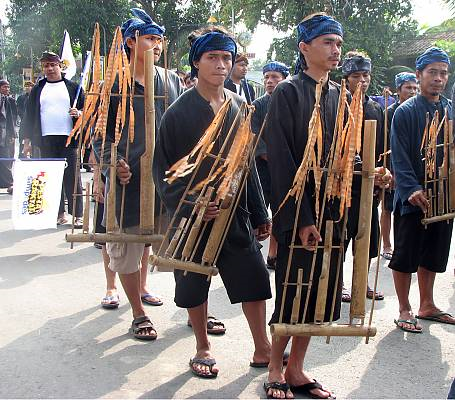
Angklung: Indonesian Bamboo Musical Instrument
12-04-2019
-
INVENTORIES
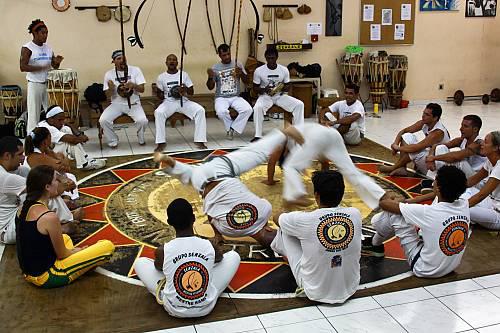
The Art of Brazilian Capoeira Circle
11-13-2019
-
INVENTORIES

Beer Culture in Belgium
11-06-2019
-
INVENTORIES
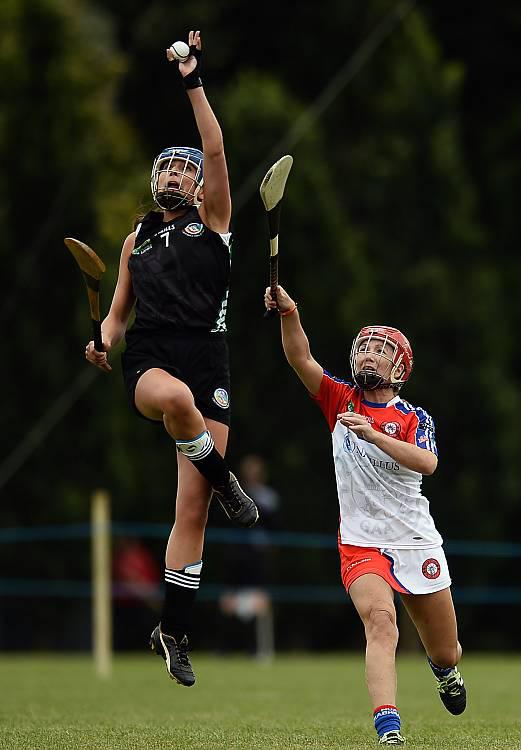
The oldest sport in Ireland: Hurling
10-30-2019
-
INVENTORIES
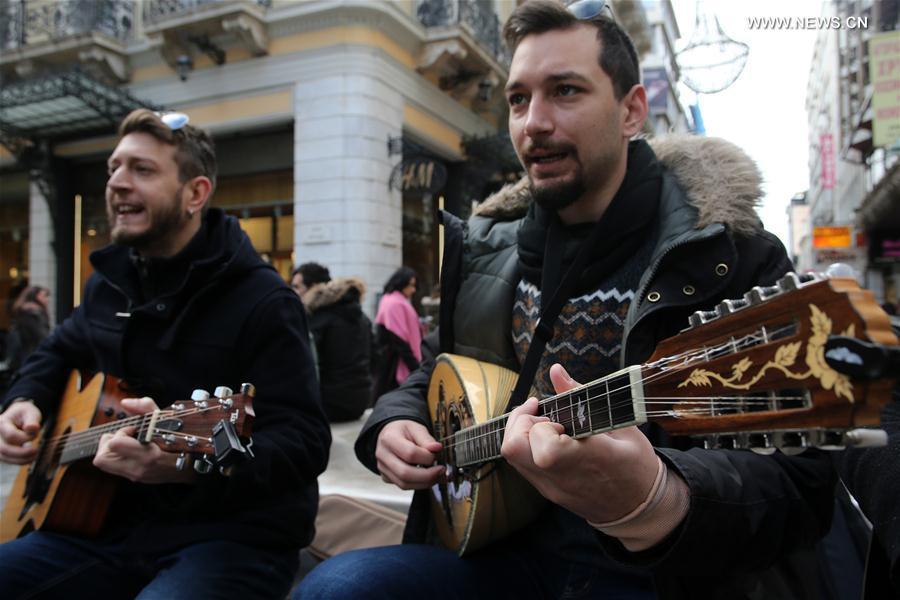
Rebetiko: Urban Greek music
10-22-2019
-
INVENTORIES
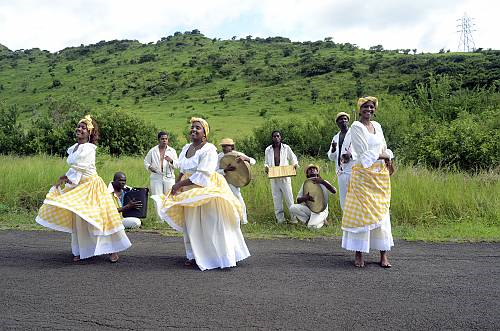
Traditional Mauritian Sega: The Talented Mauritian Music
10-15-2019
-
INVENTORIES
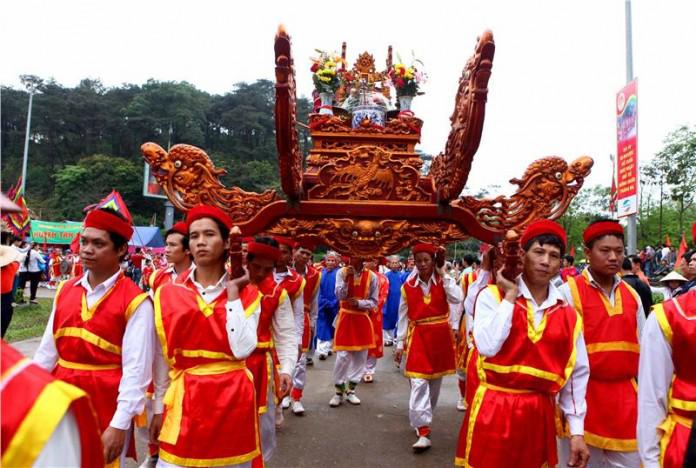
The King Hung Temple Festival of Phu Tho Vietnam
10-07-2019
-
INVENTORIES

The Carnival of Basel: Three best days in the year of Switzerland
09-25-2019
-
INVENTORIES

Kumbh Mela: India’s pilgrimage to the holy waters
09-16-2019
-
INVENTORIES

Knucklebone shooting: embodiment of folk Mongolian national folk game
09-04-2019
-
INVENTORIES
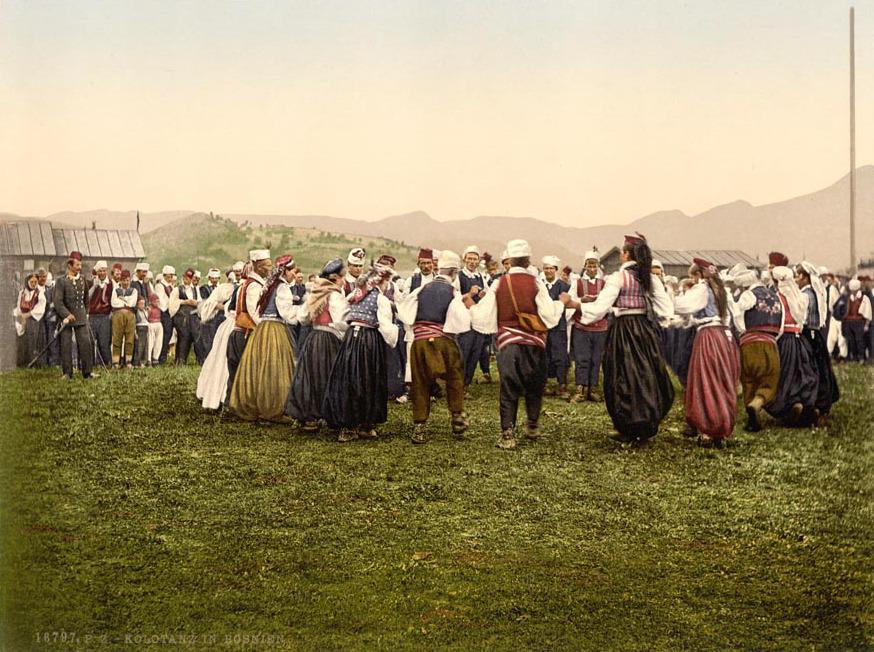
Kolo: Serbian circle dance
08-26-2019
-
INVENTORIES
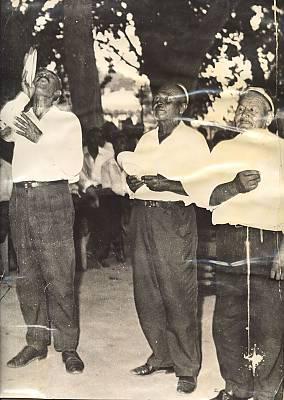
The Big songs of Fergana Valley in Uzbekistan: Katta Ashula
08-16-2019
-
INVENTORIES
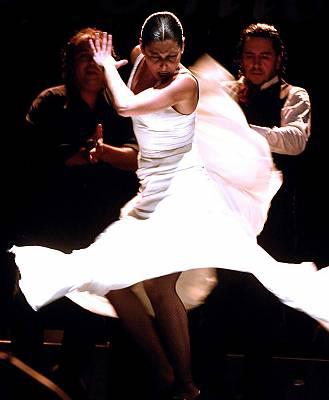
Flamenco of Spain: Andalusia Region State of Mind in motion
08-05-2019
-
INVENTORIES
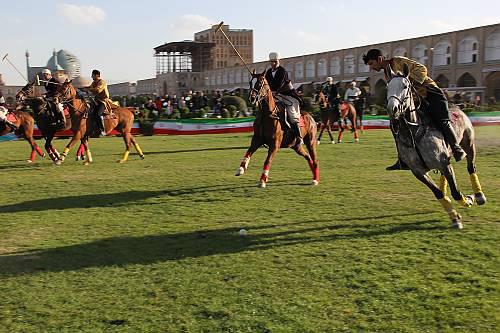
Chogan: Horse Riding Sport and Cultural Ambassador of Iran
07-29-2019
-
INVENTORIES
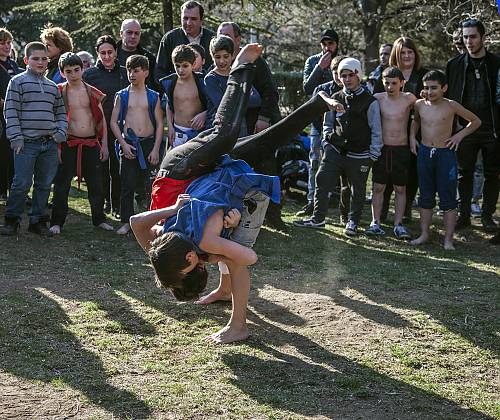
Chidaoba: Art of Georgian Jacket Wrestling
07-15-2019
-
INVENTORIES
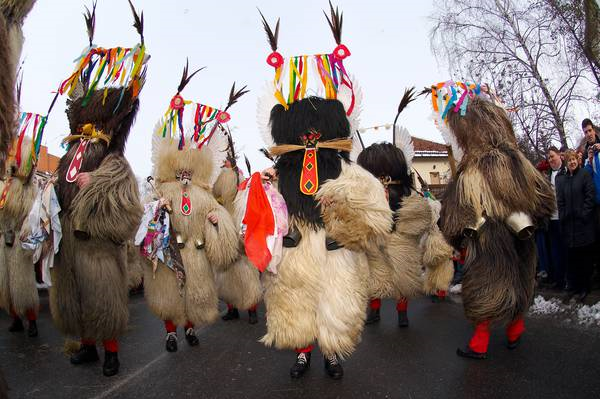
Kurenti: Door to Door custom of Slovenia
07-09-2019
-
INVENTORIES

Comedic Actors on the ropes: Jultagi
07-03-2019
-
INVENTORIES

Coming of age for Japanese youth, Raiho-Shin
06-24-2019
-
INVENTORIES
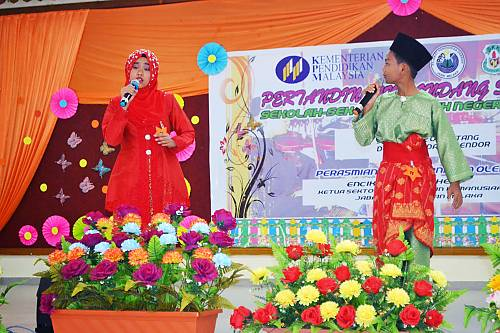
Love Ballad of Malaysia: Dondang Sayang
06-18-2019
-
INVENTORIES
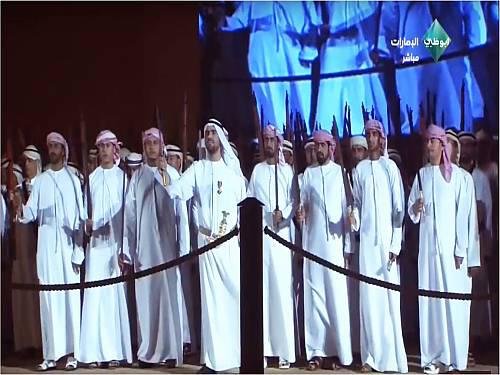
Al Azi: Poetry of Arab Pride
06-11-2019
-
INVENTORIES

The Lithuanian folk dance revival by the Lithuanian Ethnic Culture Society
06-10-2019
-
INVENTORIES
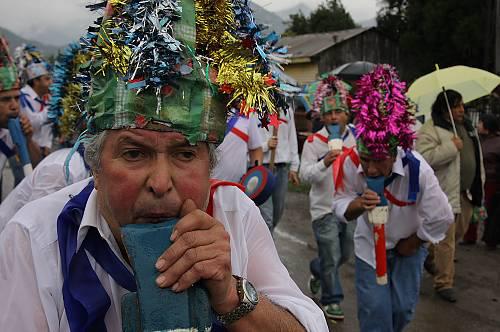
Baile Chino, the dance and dreams of Chile
06-03-2019
-
INVENTORIES
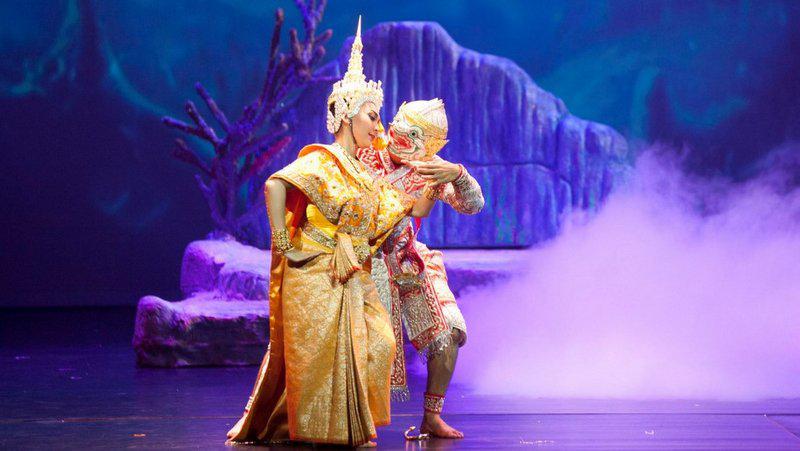
Khon, the art of Thai masked choreographed movements
05-21-2019
-
INVENTORIES
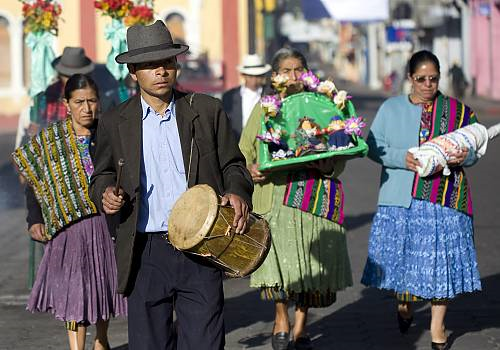
The Nan Pa’ch ceremony of Guatemala
05-07-2019
-
INVENTORIES
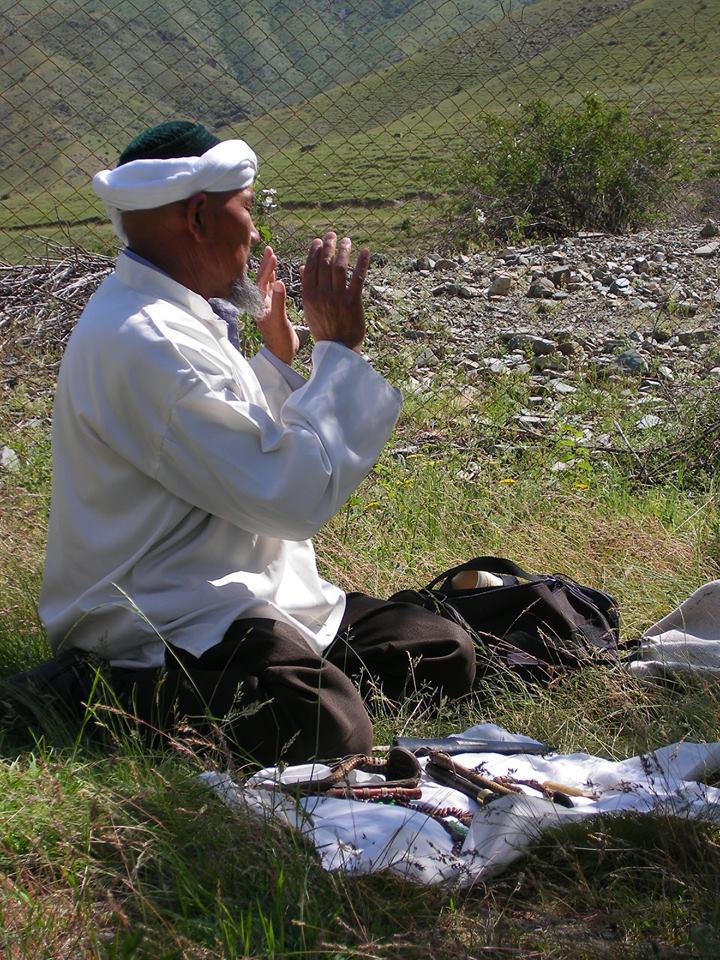
National inventory: places, rituals, practices
04-29-2019
-
INVENTORIES
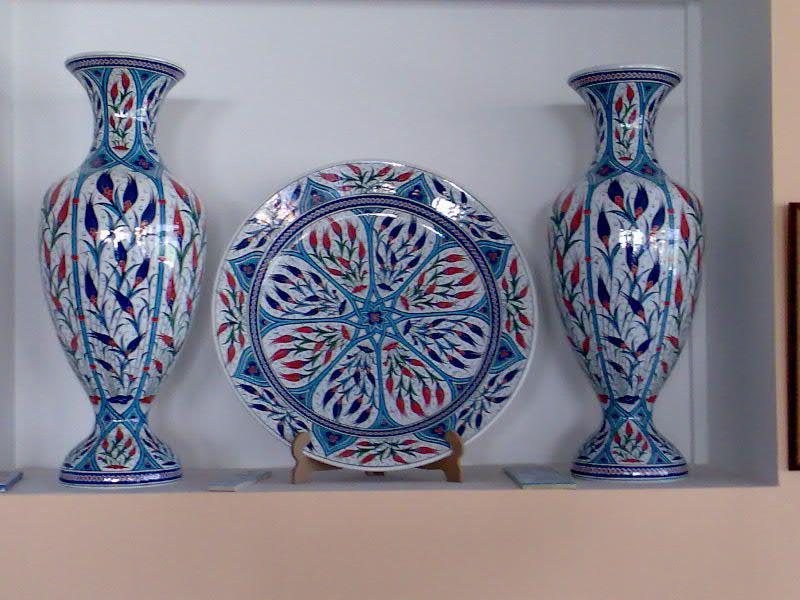
Traditional Turkish Çini-making Craftsmanship
04-29-2019
-
INVENTORIES
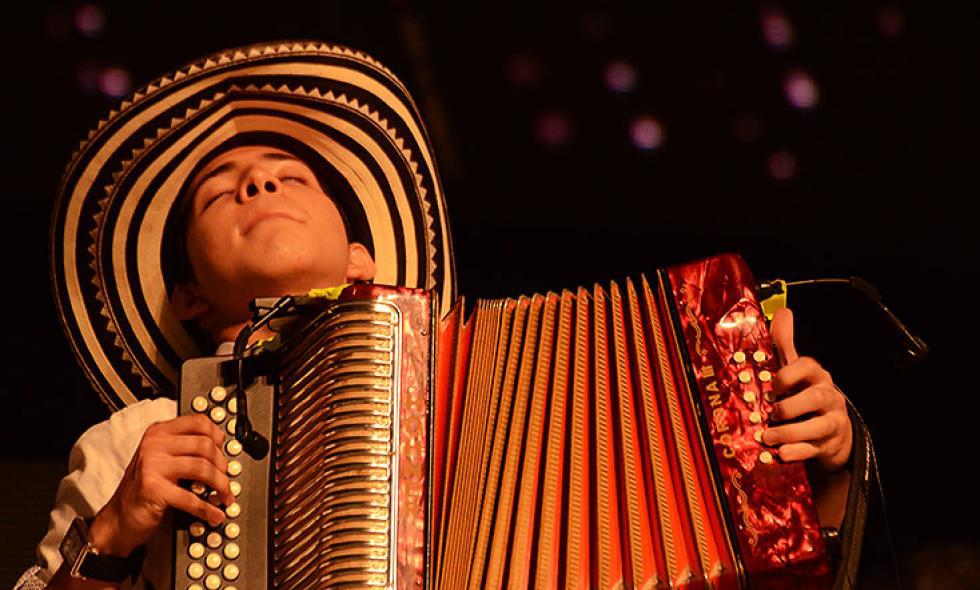
Vallenatos Music of the Greater Magdalena
04-22-2019
-
INVENTORIES
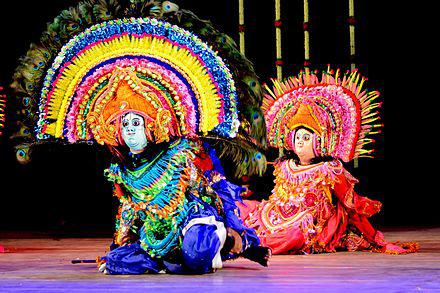
The Chhau dance: The symbolism in bodily motions of our surroundings
04-16-2019
-
INVENTORIES
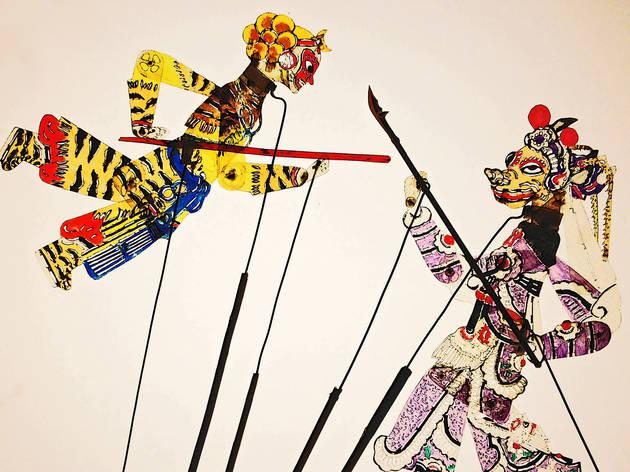
Chinese Shadow Puppetry
04-13-2019
-
INVENTORIES
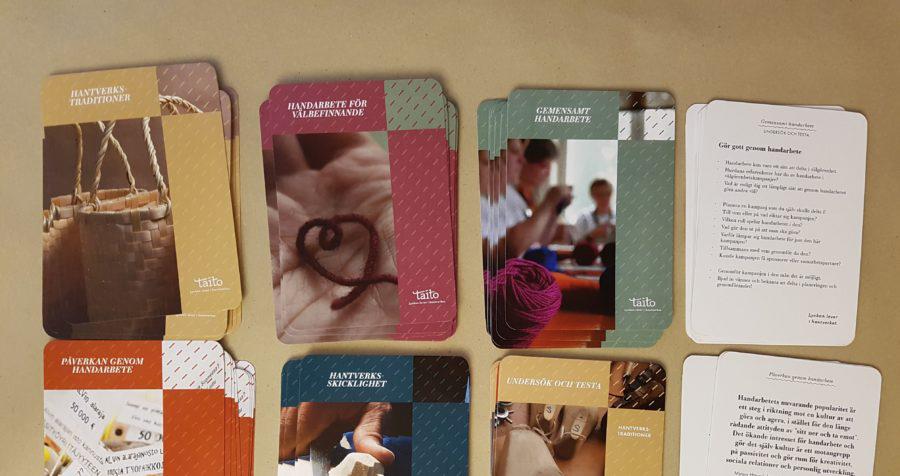
Good practice from Finland: On Crafting – Discussion cards
04-03-2019
-
INVENTORIES
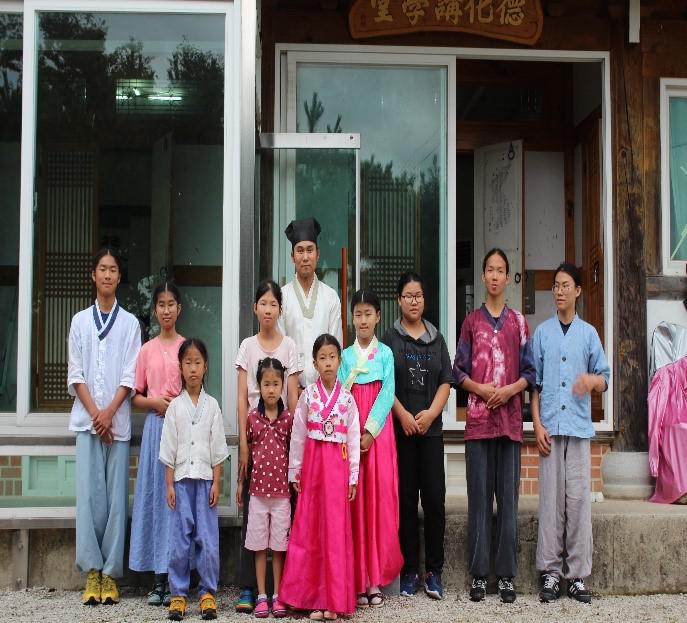
Study on status and value of Seodang culture and study of utilization plan
03-18-2019
-
INVENTORIES
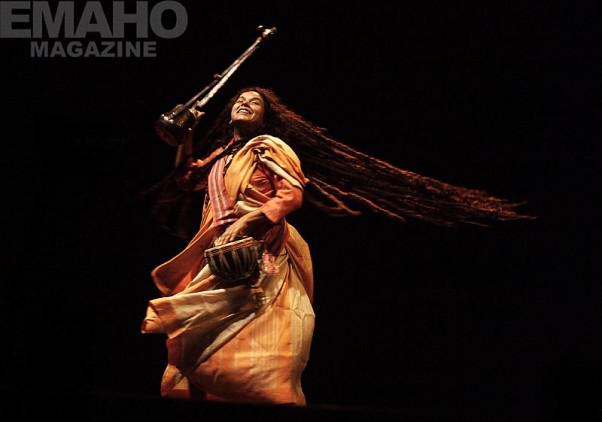
Baul songs of Bangladesh: Oral tradition of Bengalis mysticism
03-07-2019
-
INVENTORIES
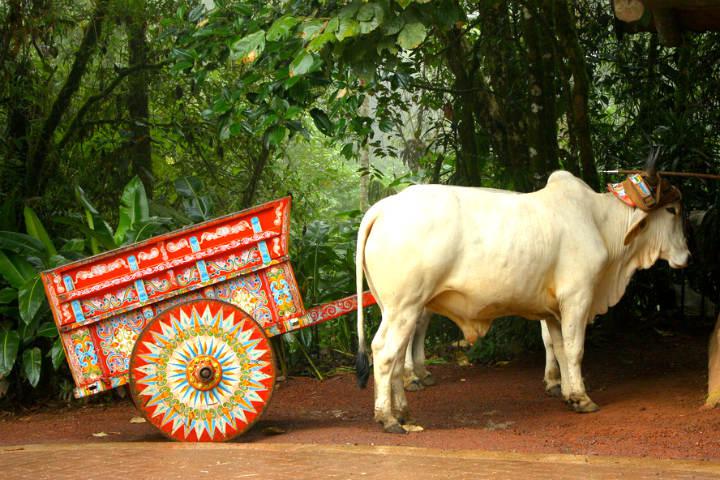
Symbol of Costa Rican Hardwork: Las Carretas
02-28-2019
-
INVENTORIES

Bigwala : The warm welcome of royal African hospitality, dance, and song
02-21-2019
-
INVENTORIES
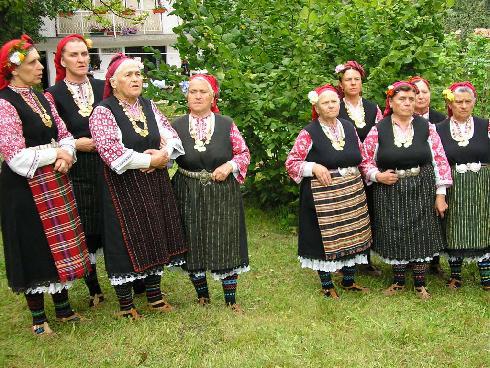
Bistritsa Babi, archaic polyphony, dances and rituals from the Shoplouk region
02-13-2019
-
INVENTORIES

Good practice from Norway: Dual-language, multi-ethnic storytelling
01-25-2019
-
INVENTORIES
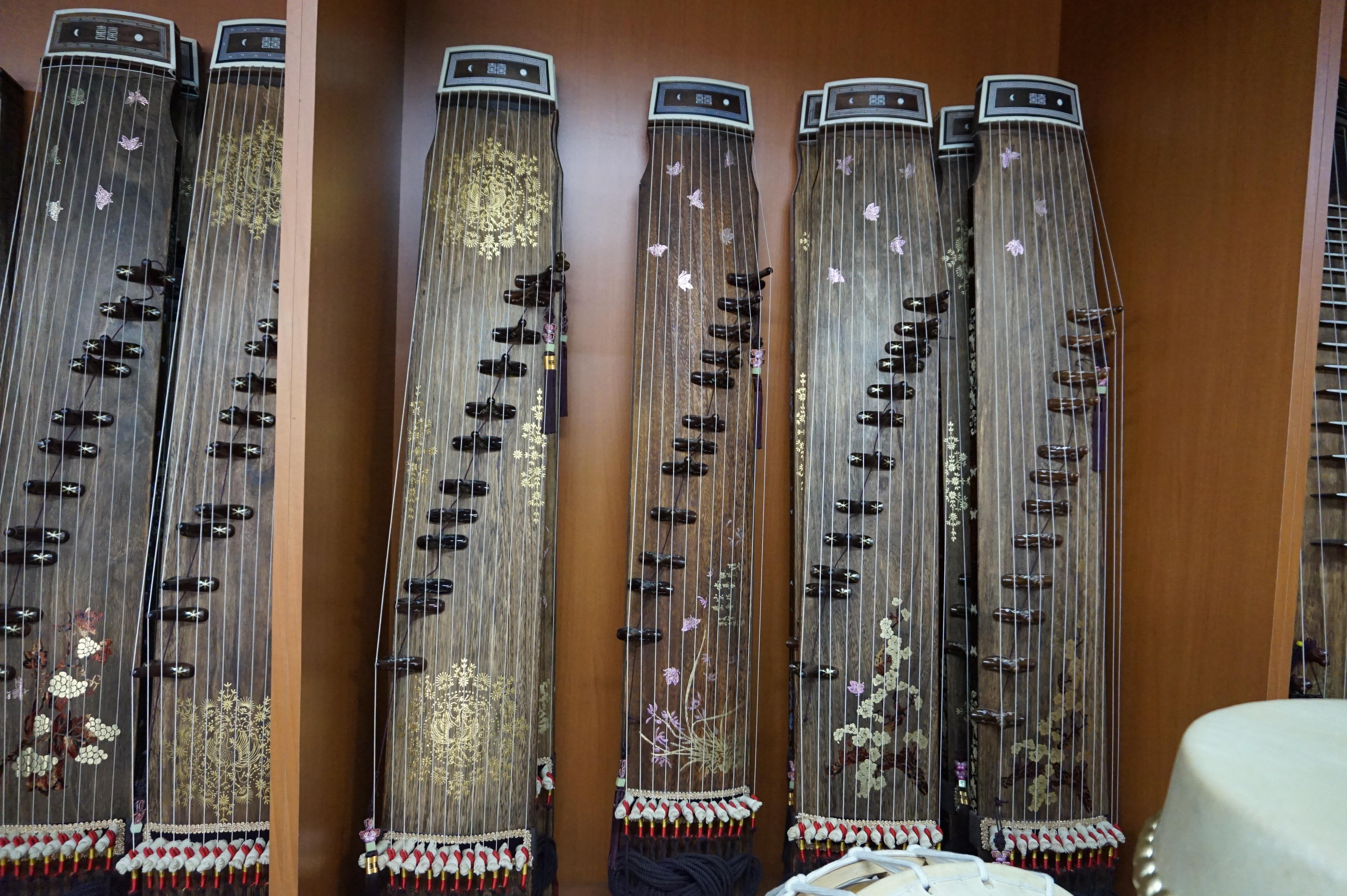
Traditional Musical Instrument Masters' Knowledge and Technique
11-16-2018
-
INVENTORIES
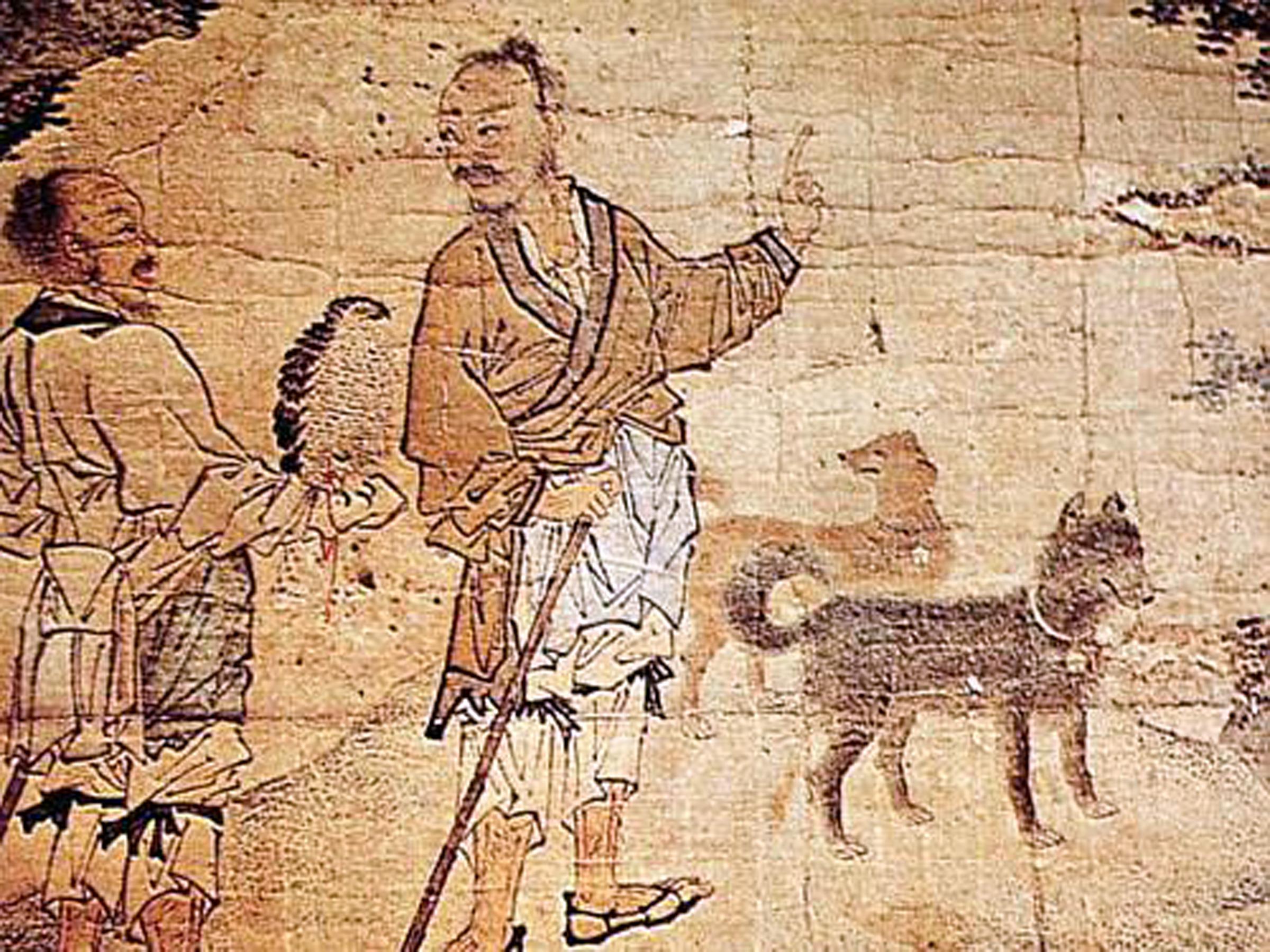
Falconry, a living human heritage
11-15-2018
-
INVENTORIES
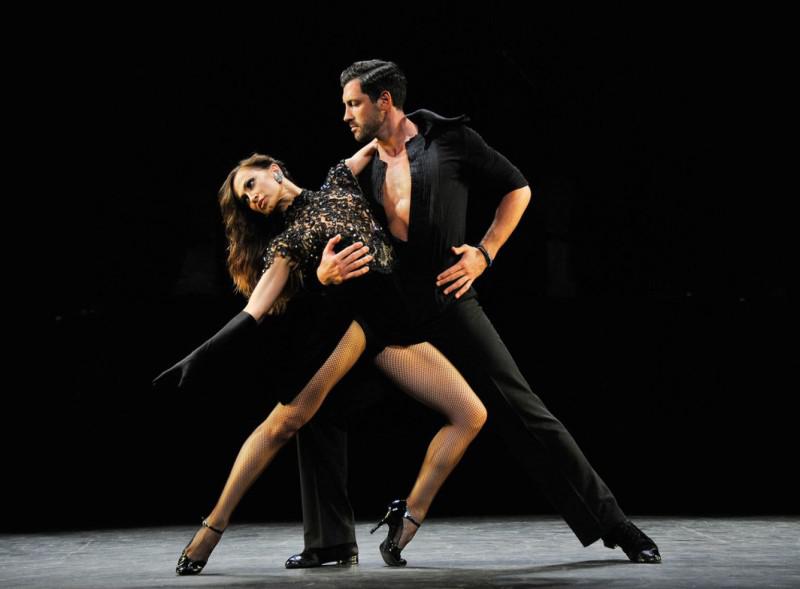
Tango
11-05-2018
 PREV
PREV- …
- …
- NEXT


